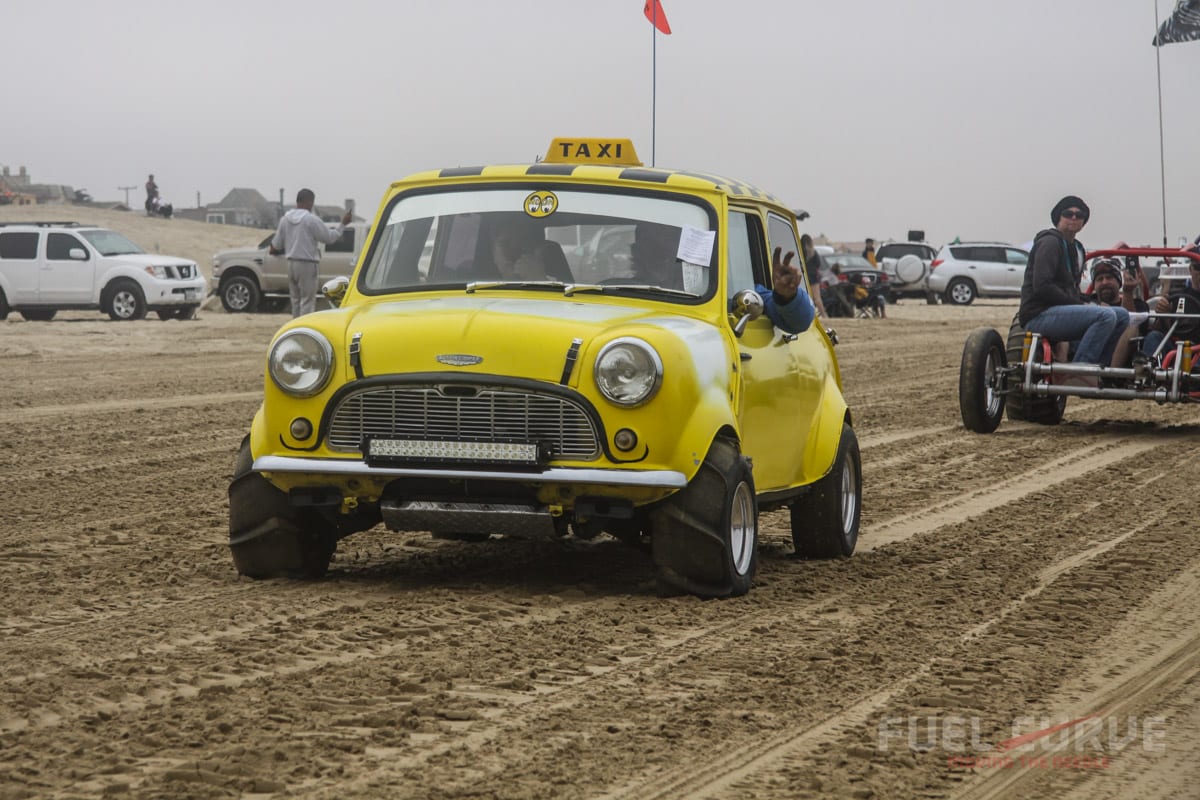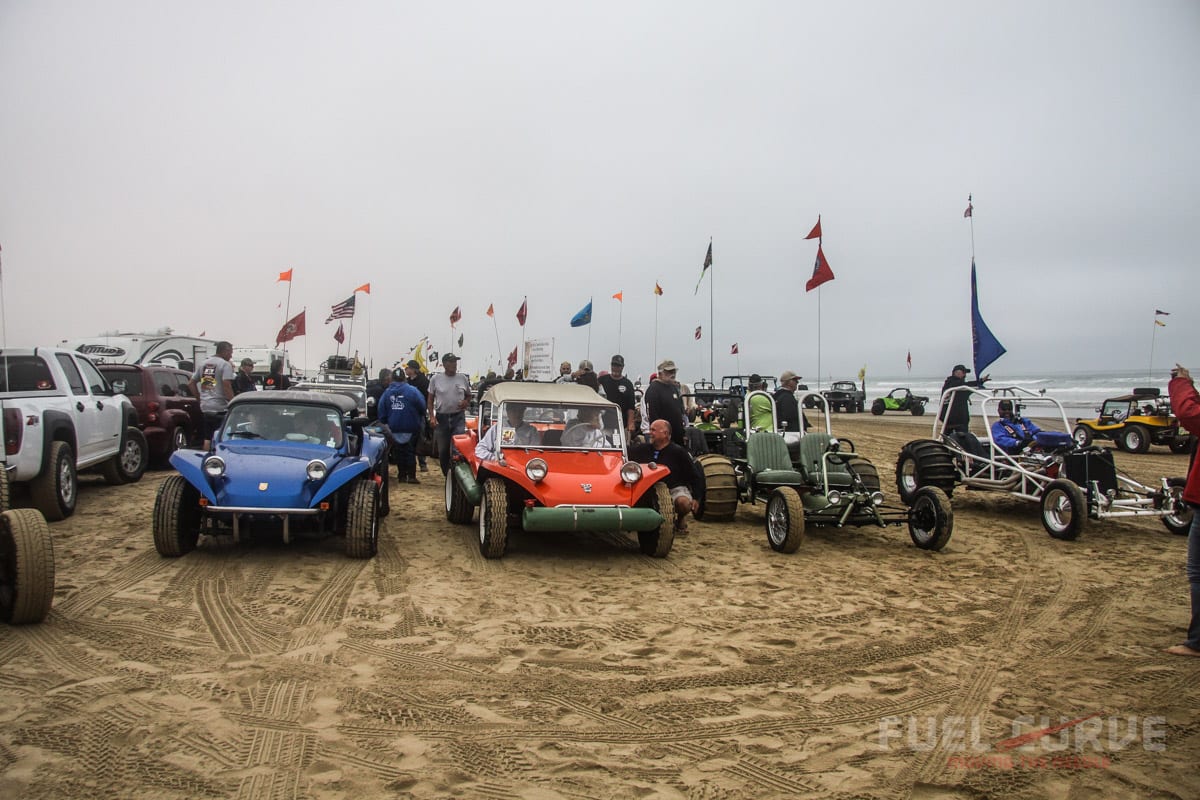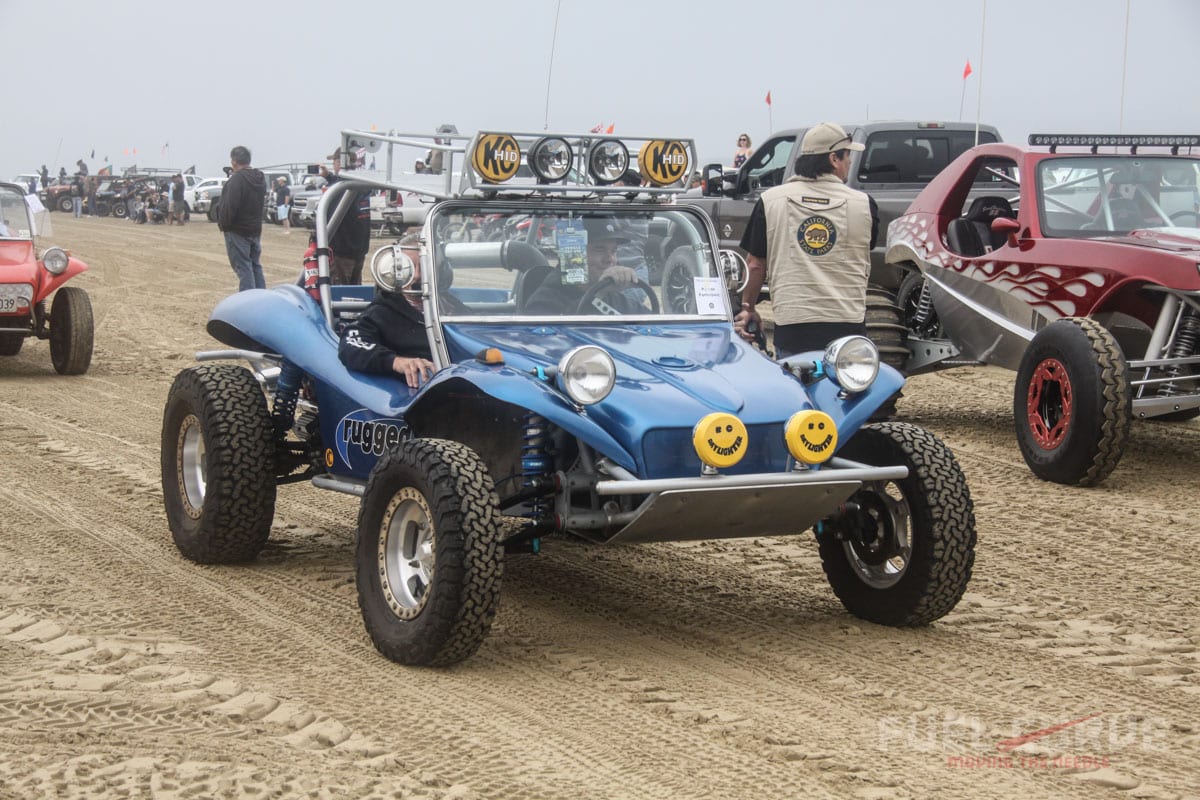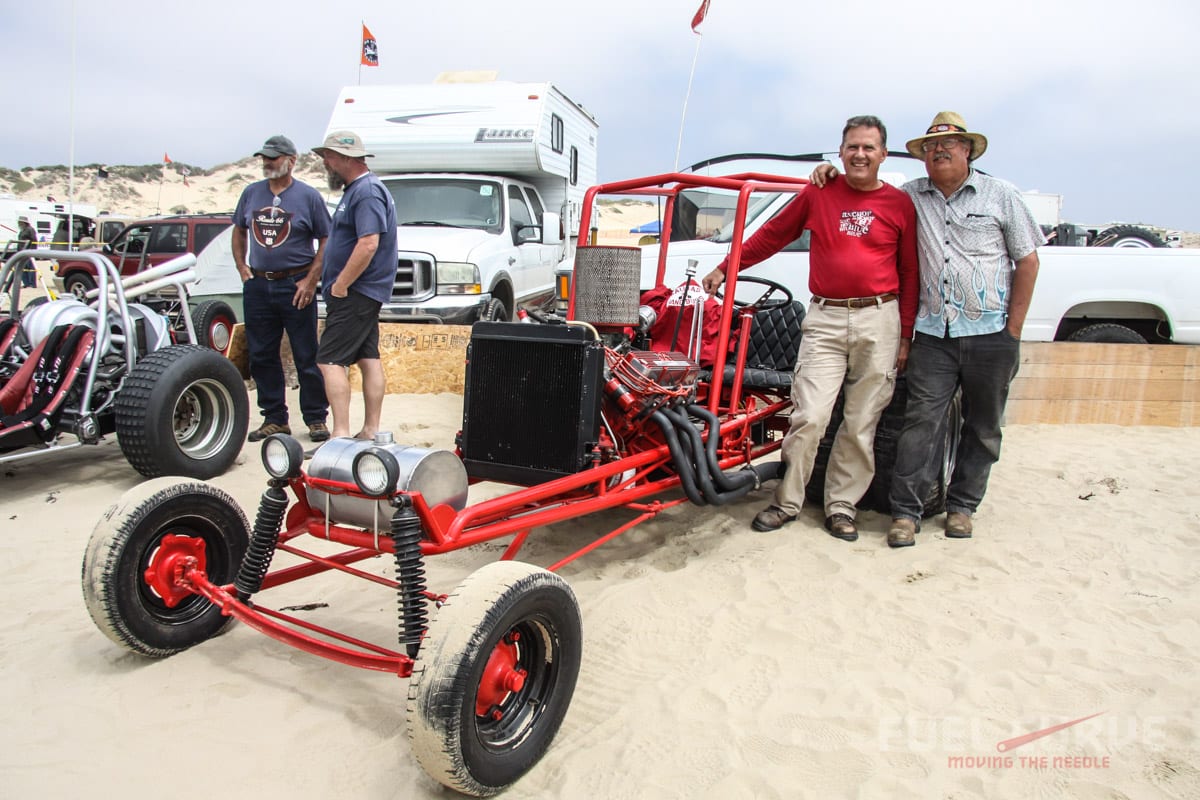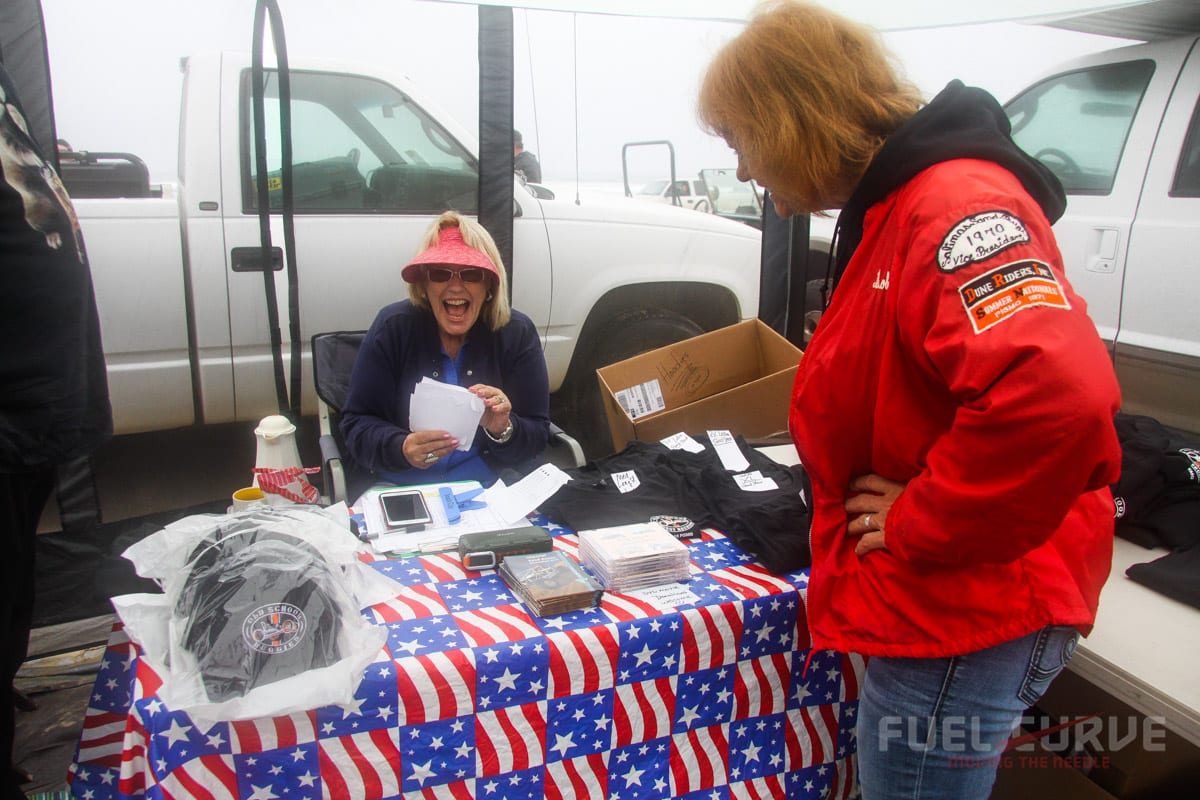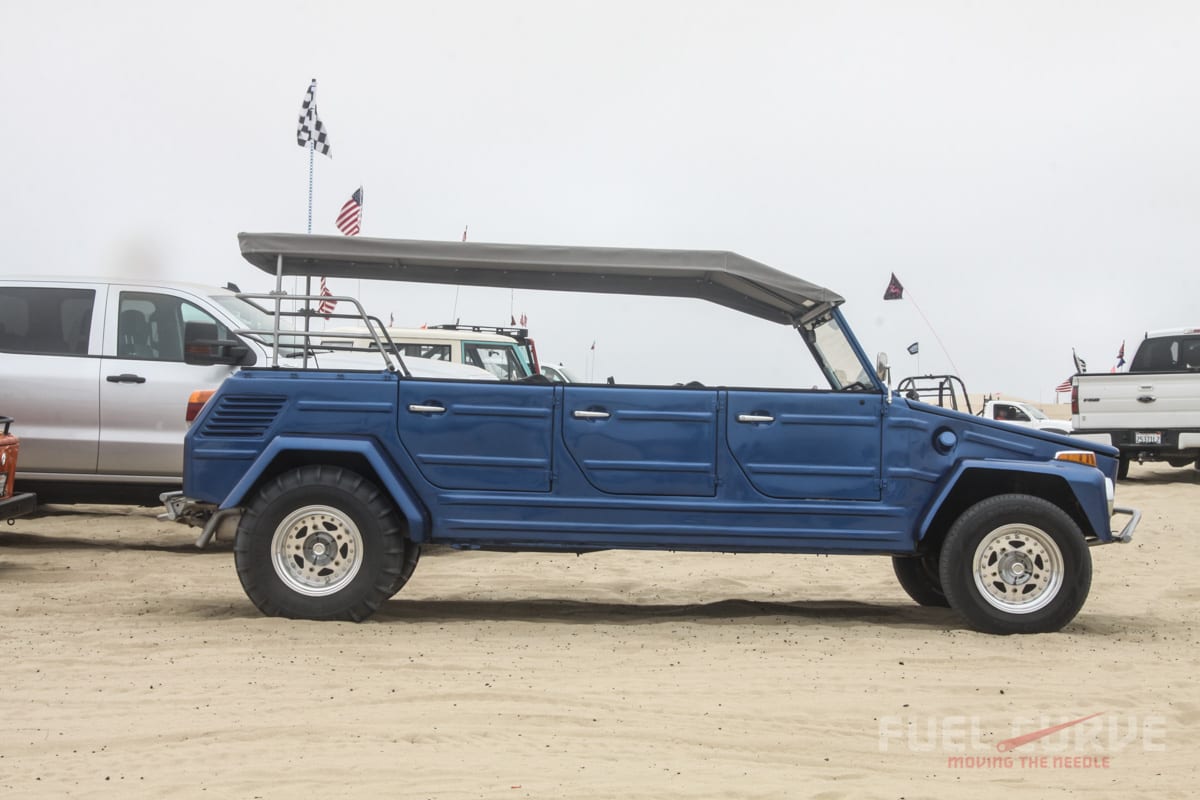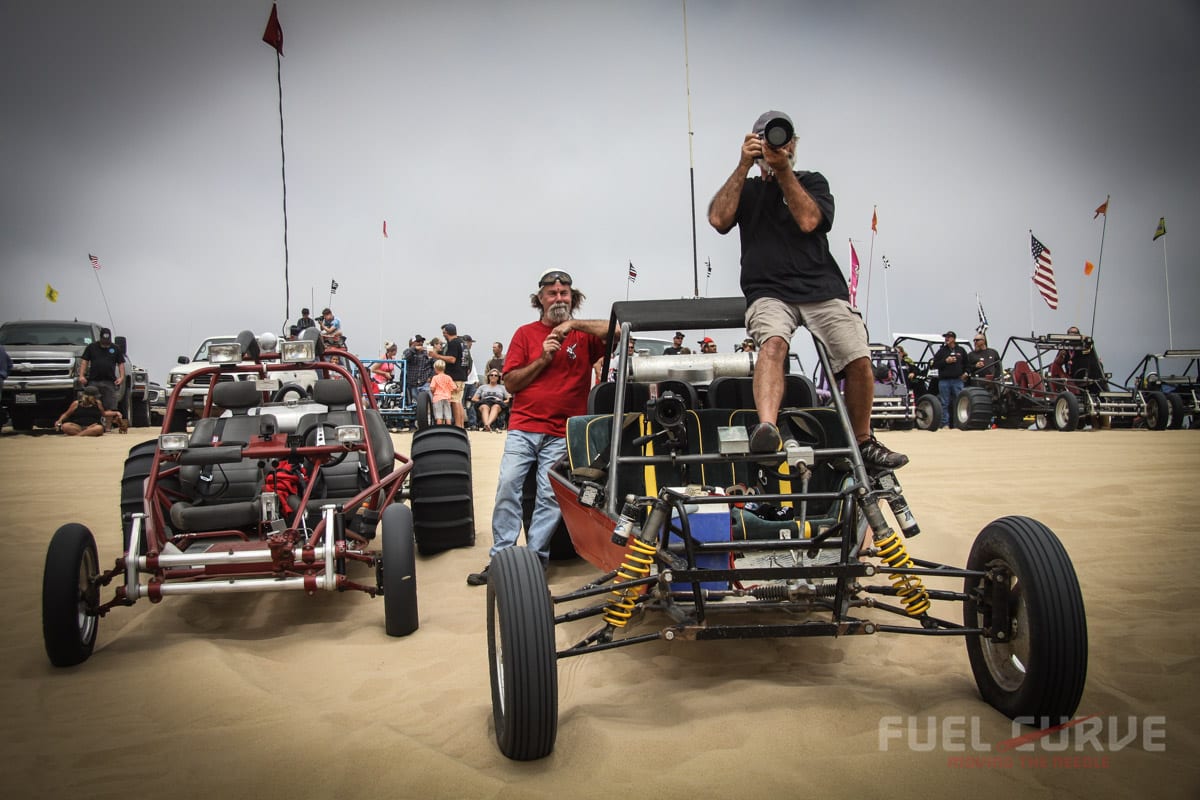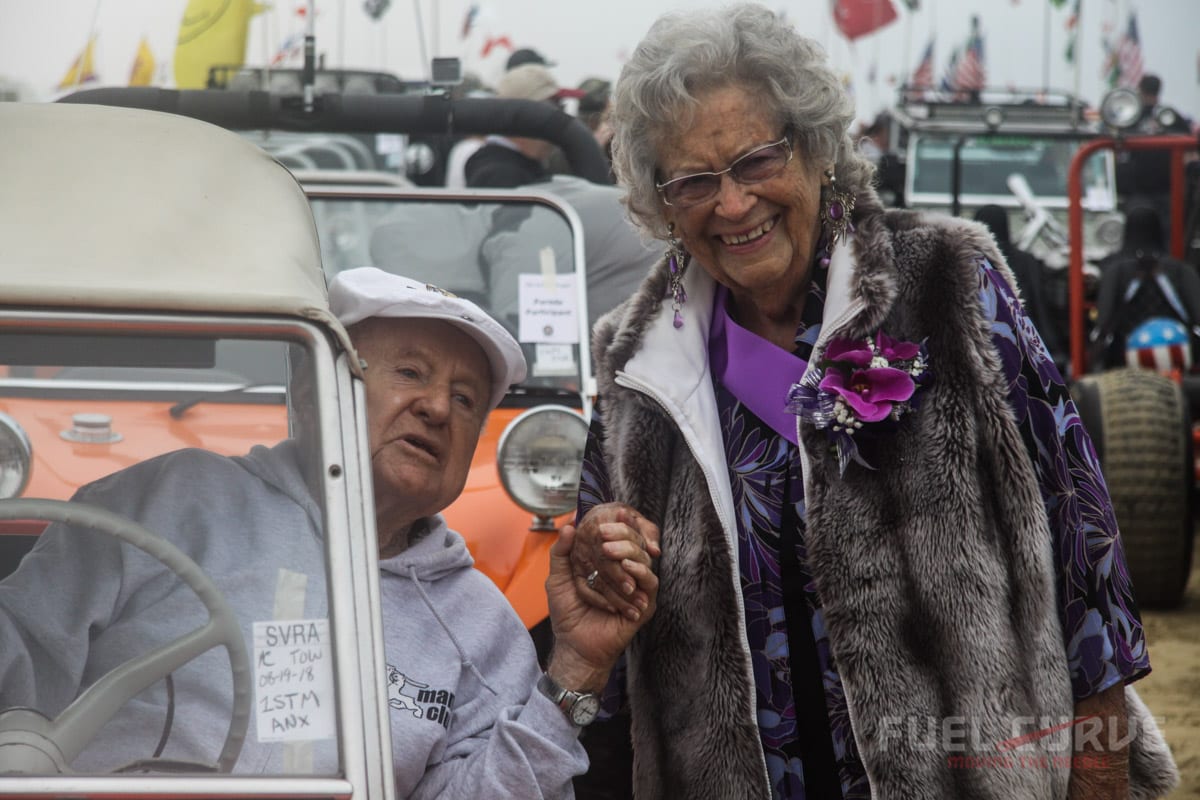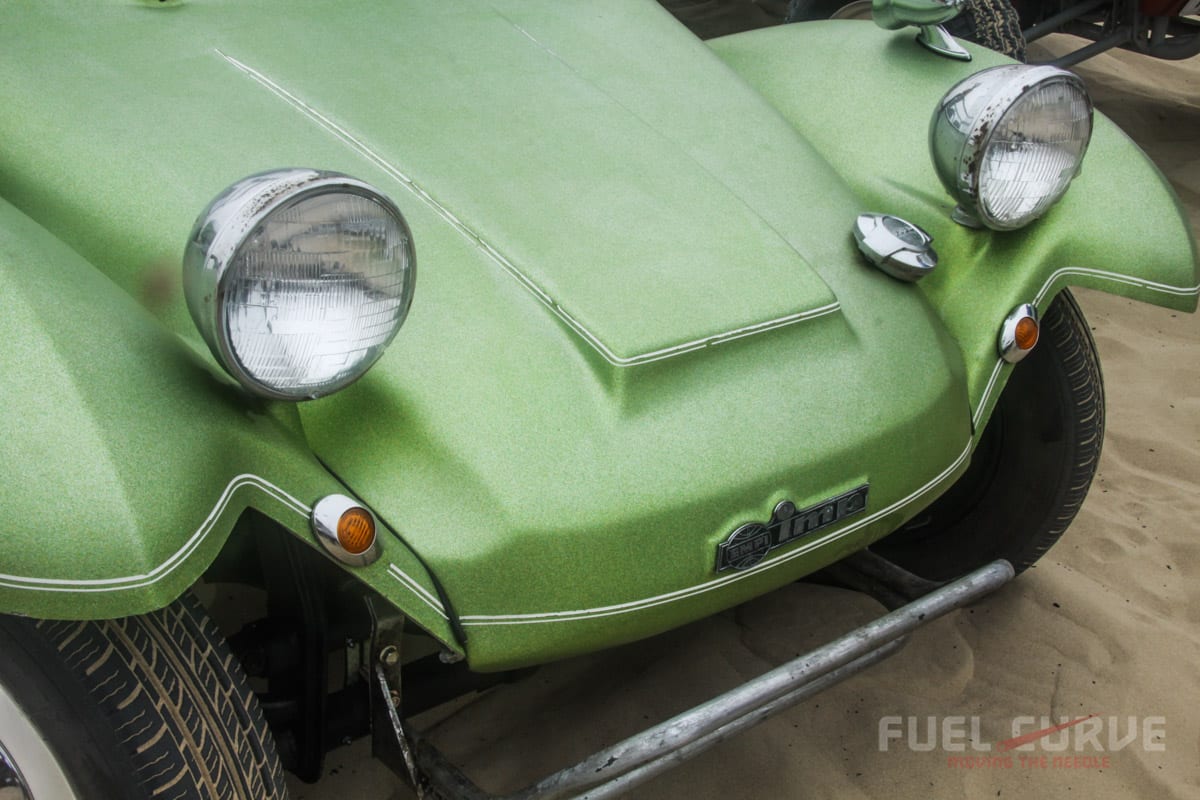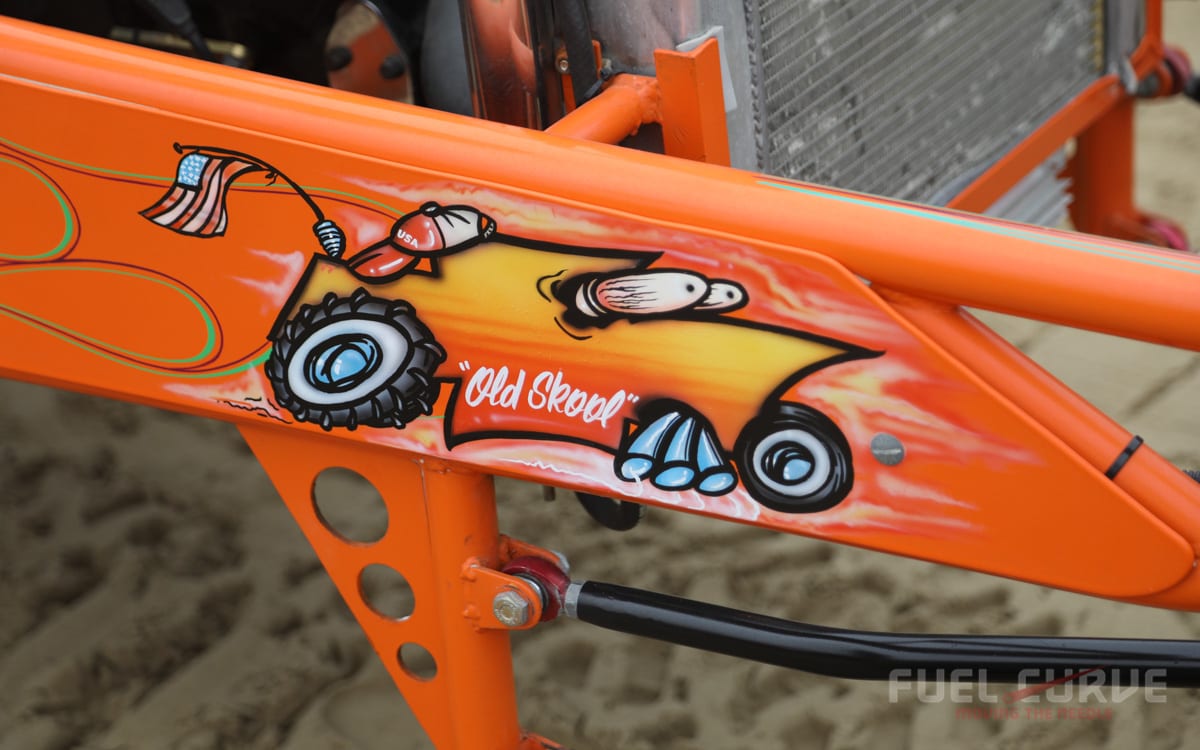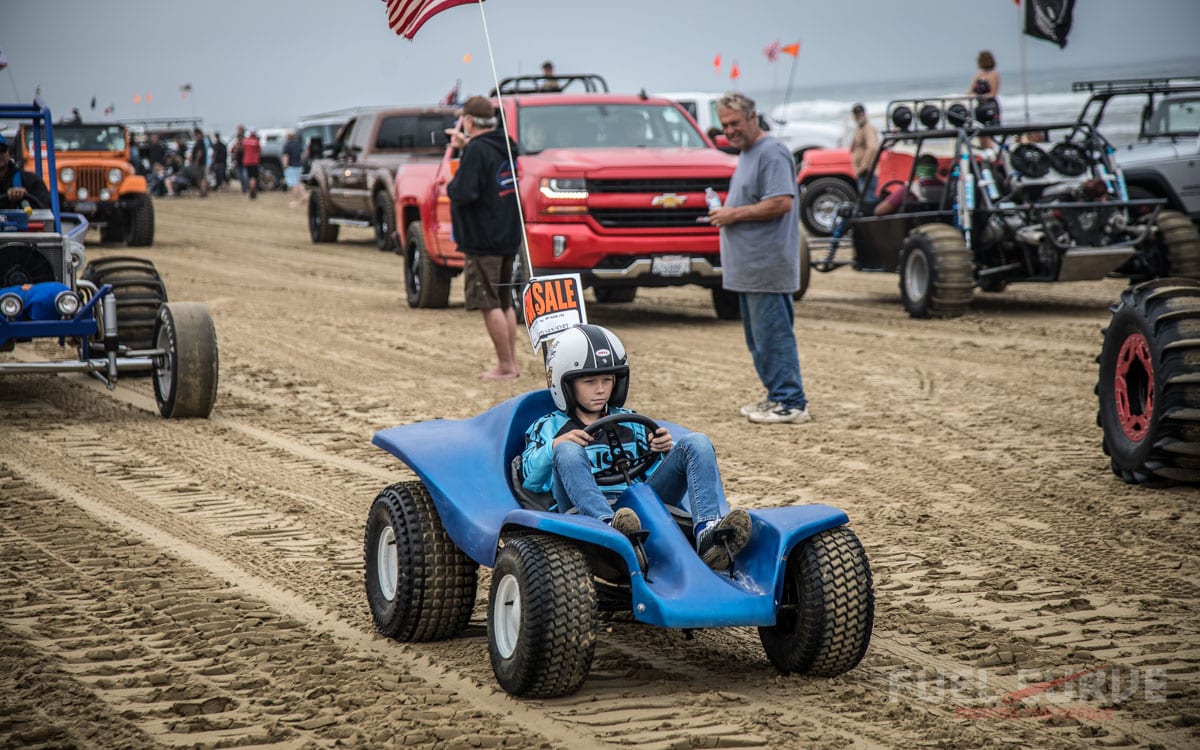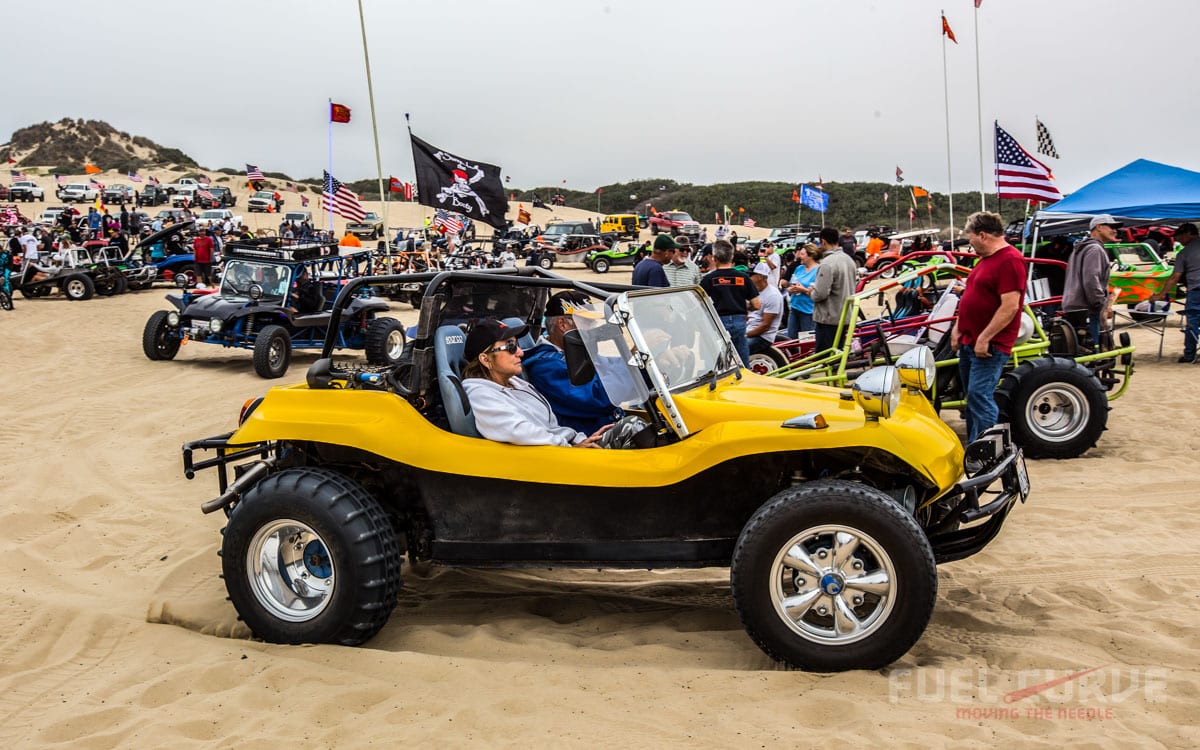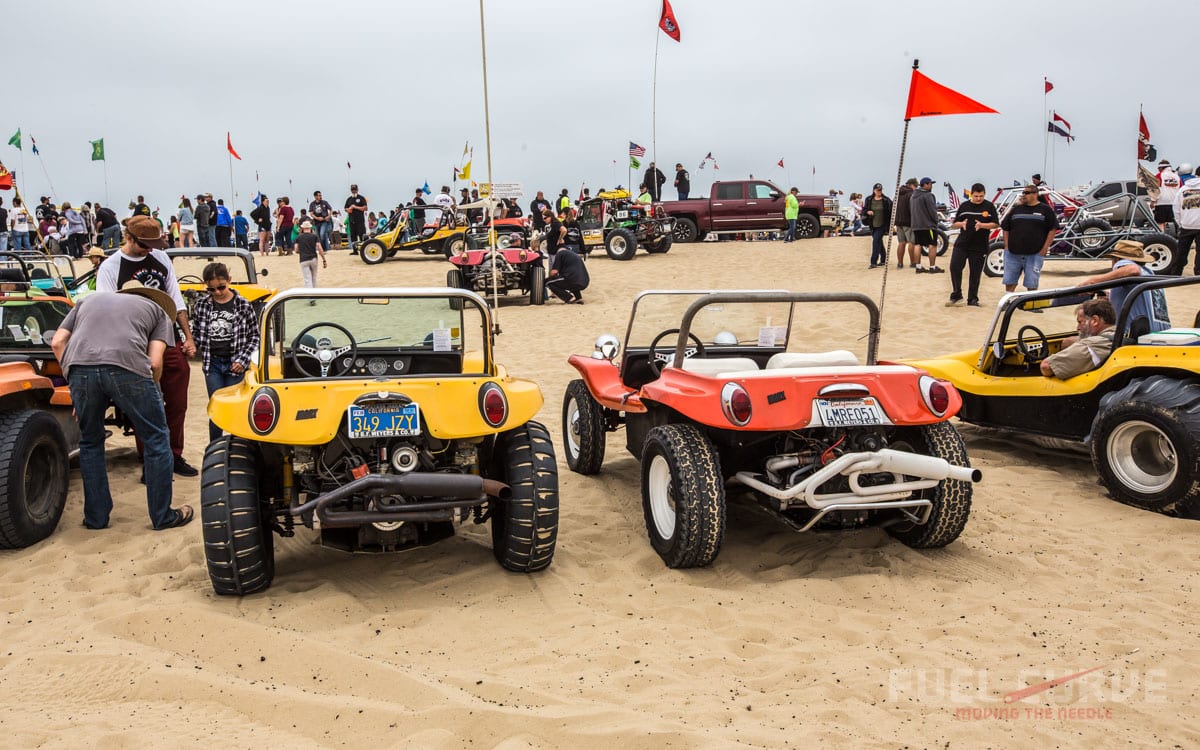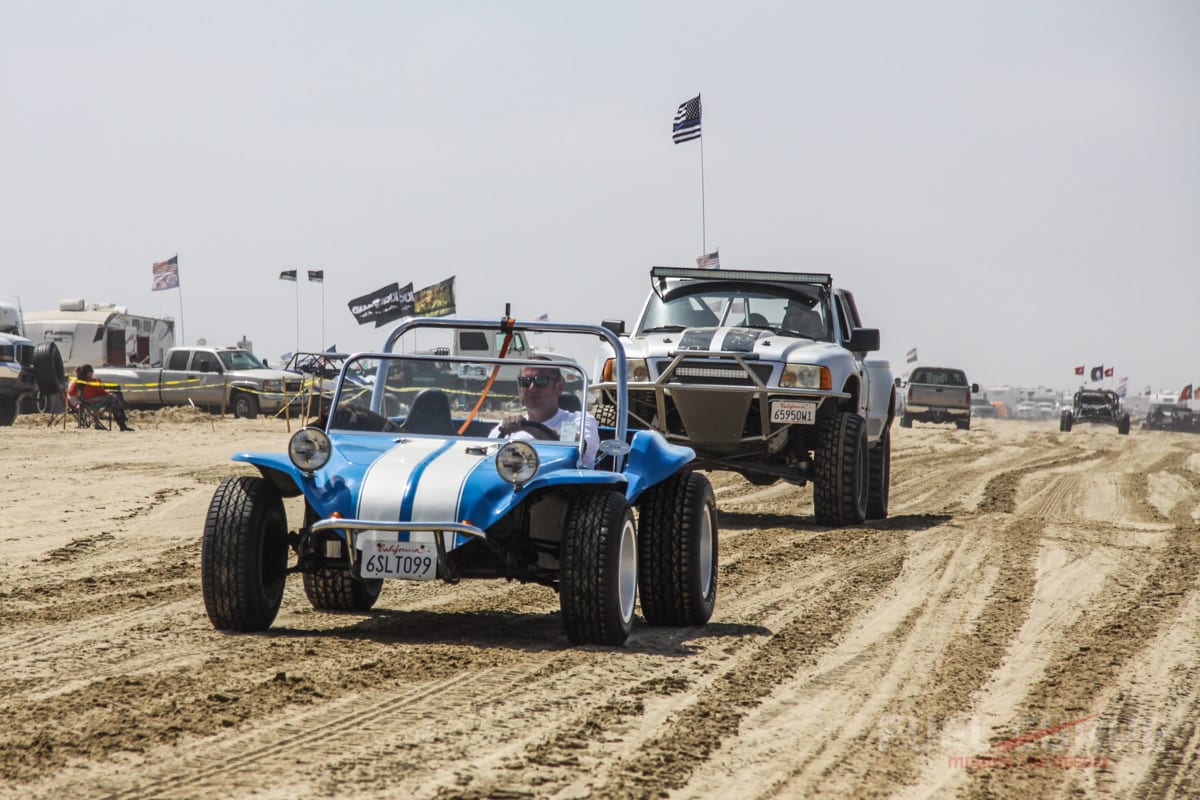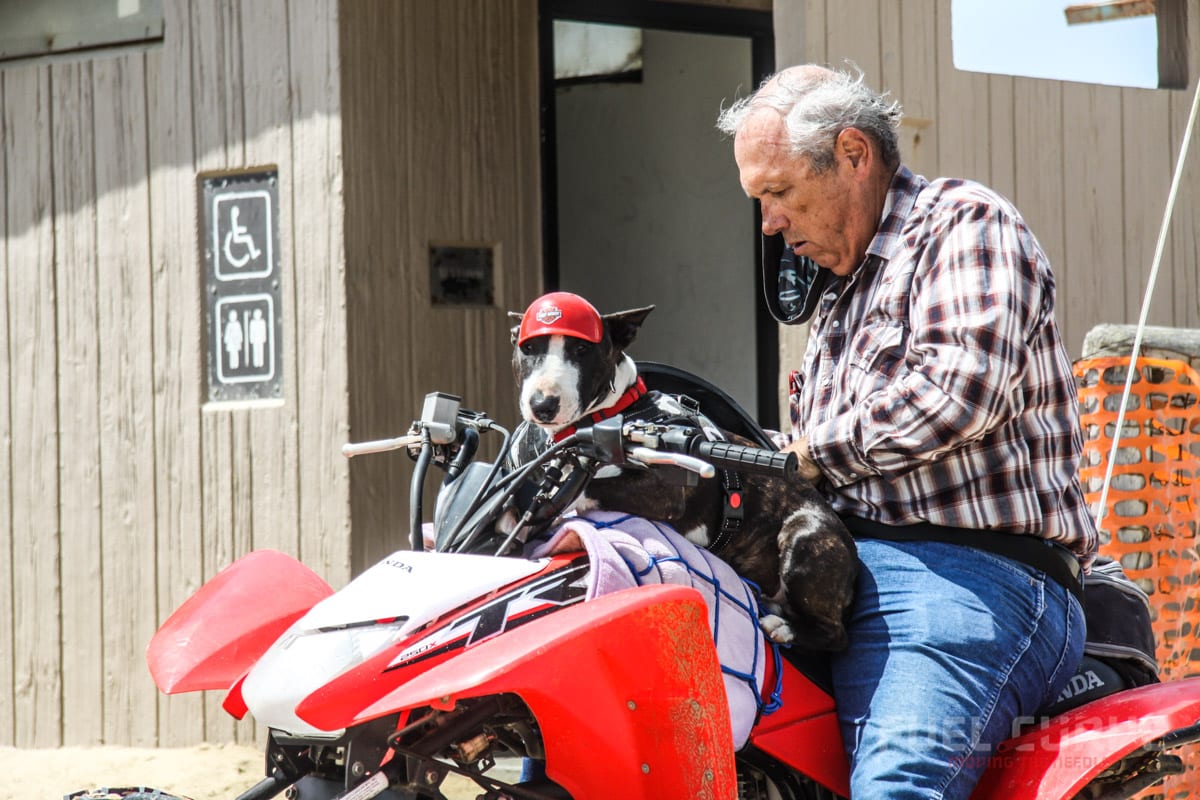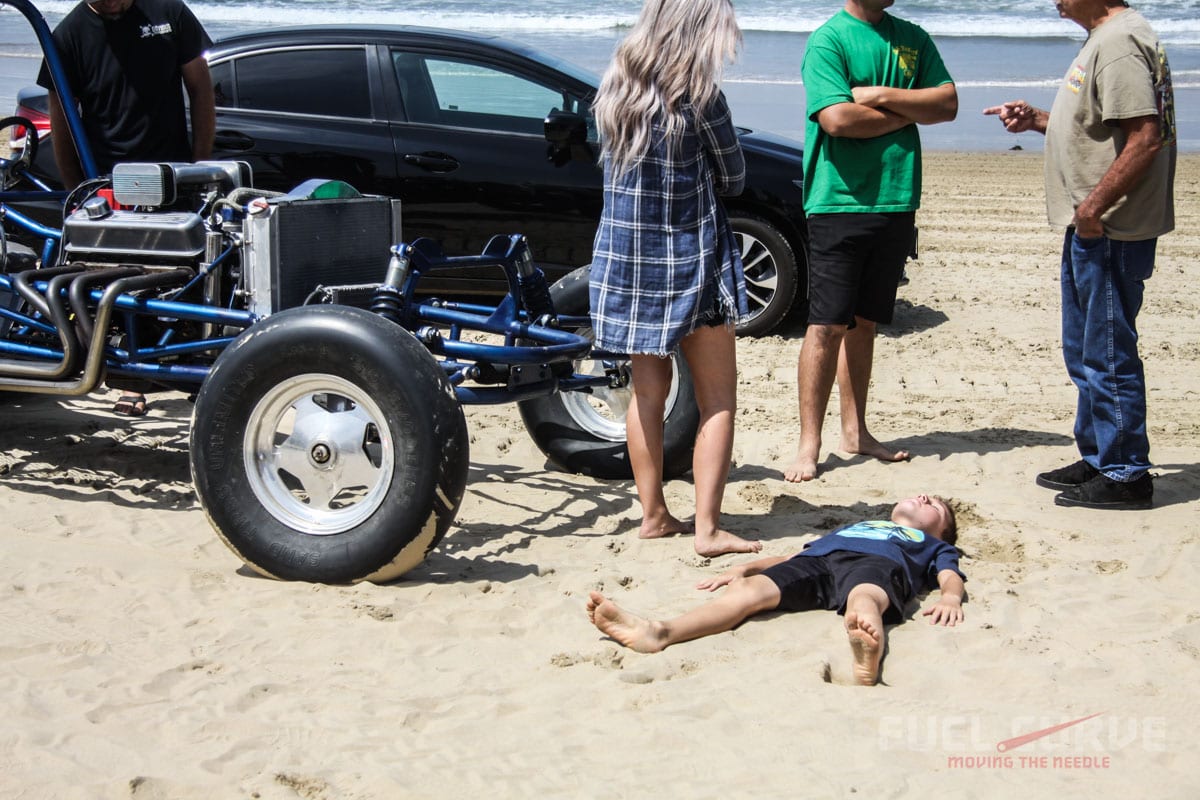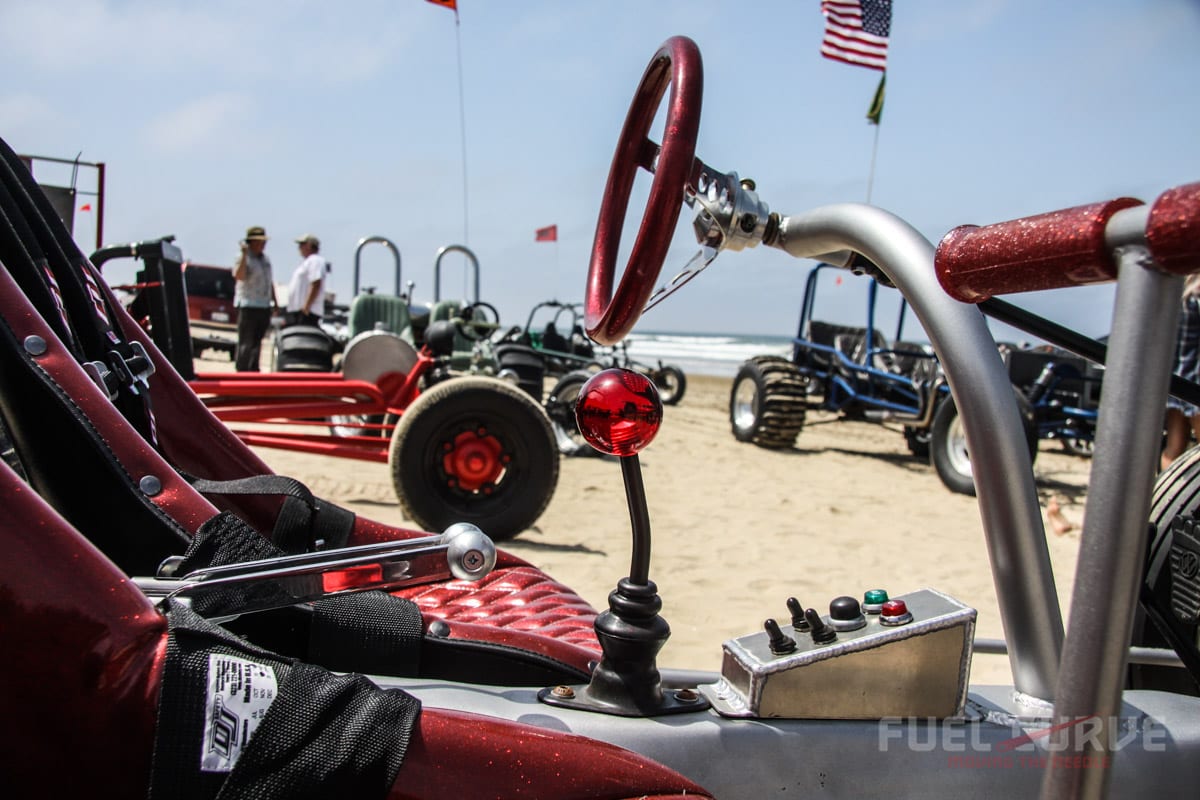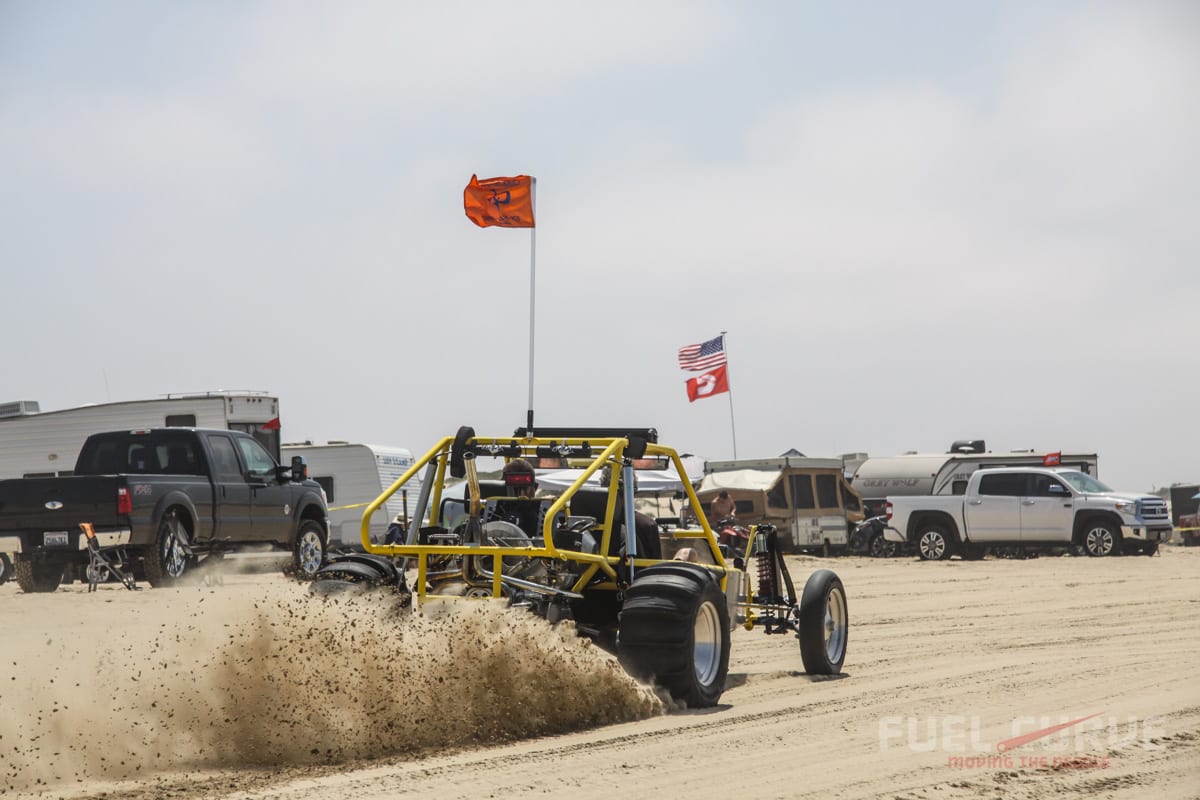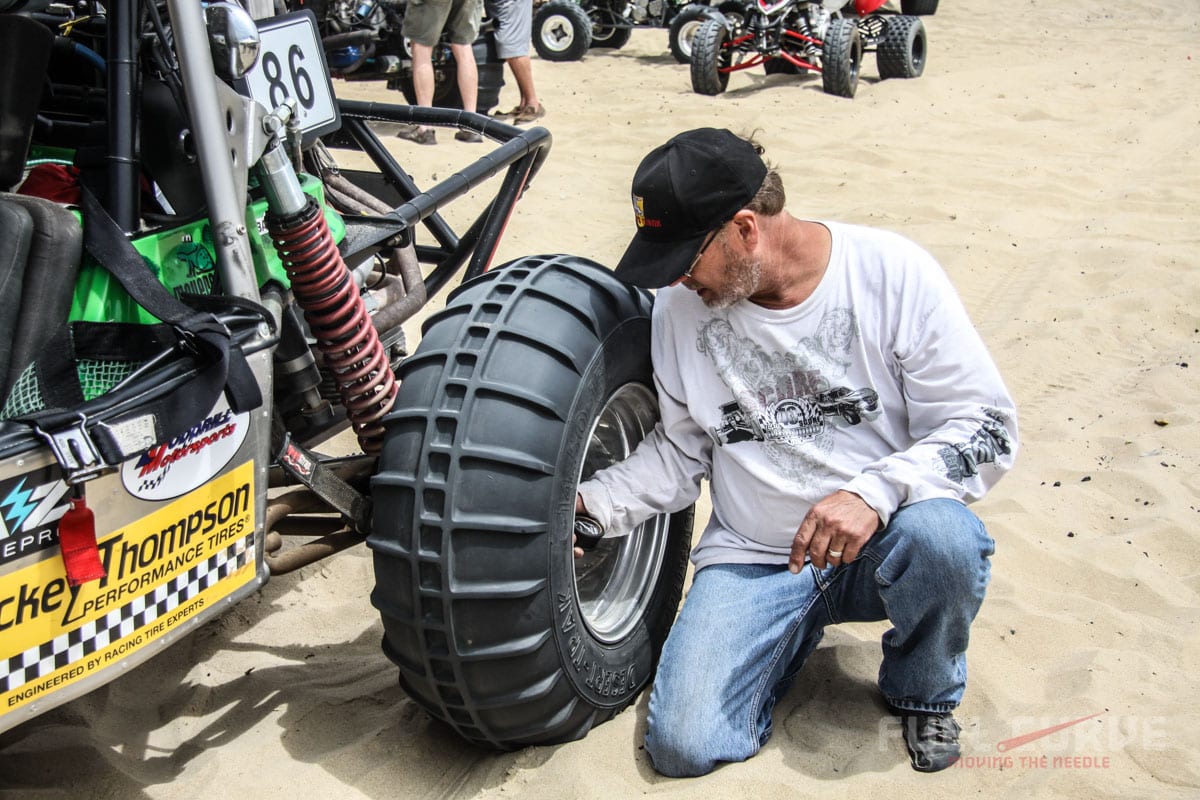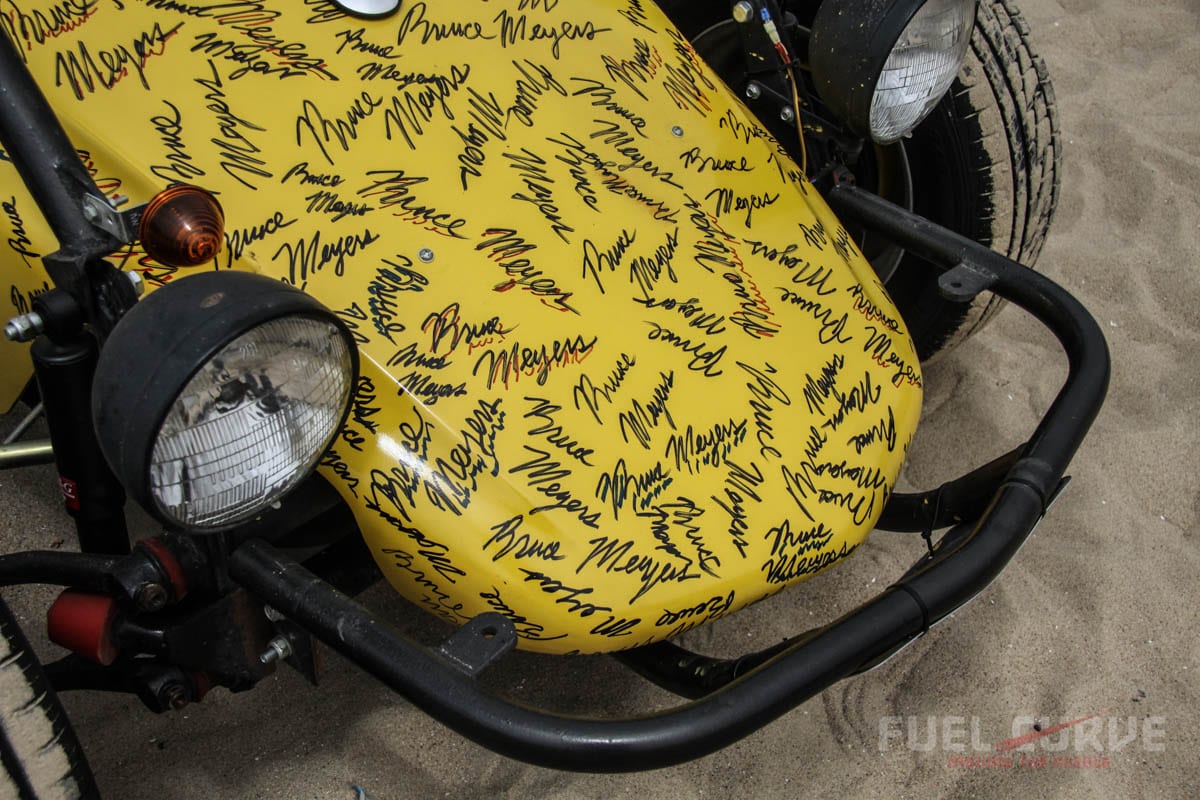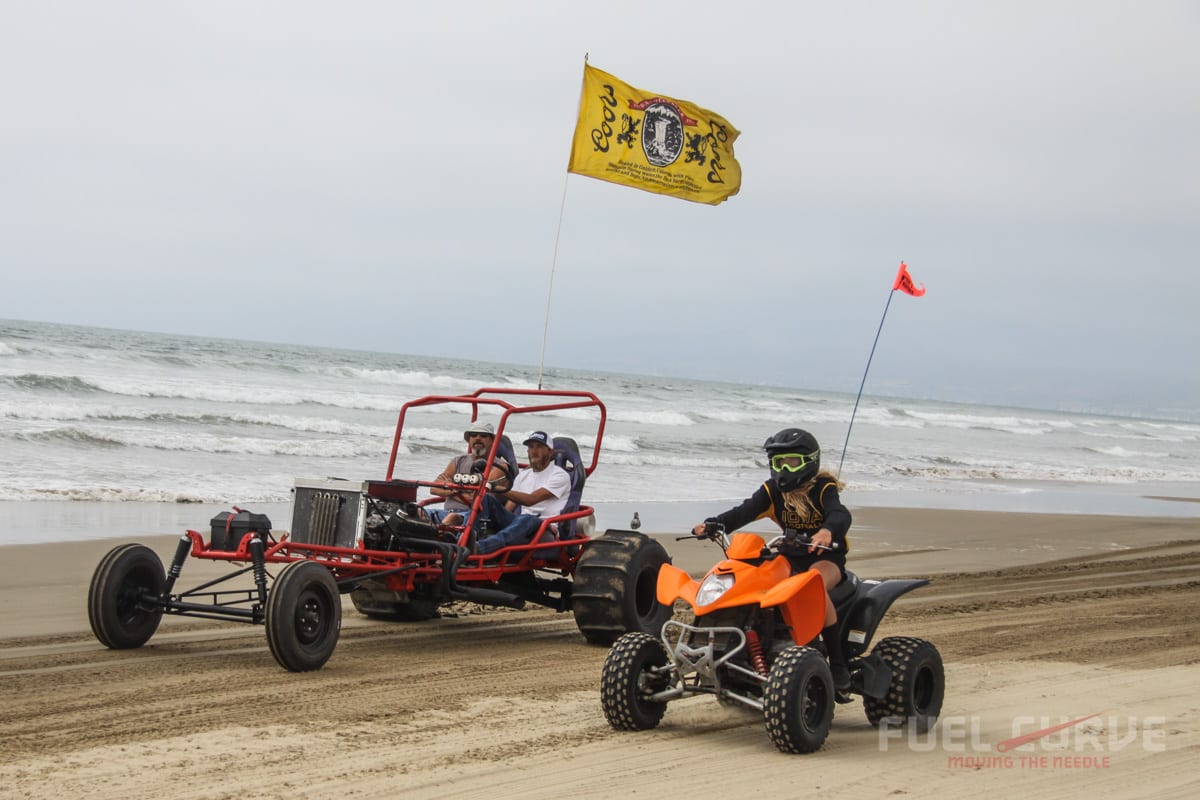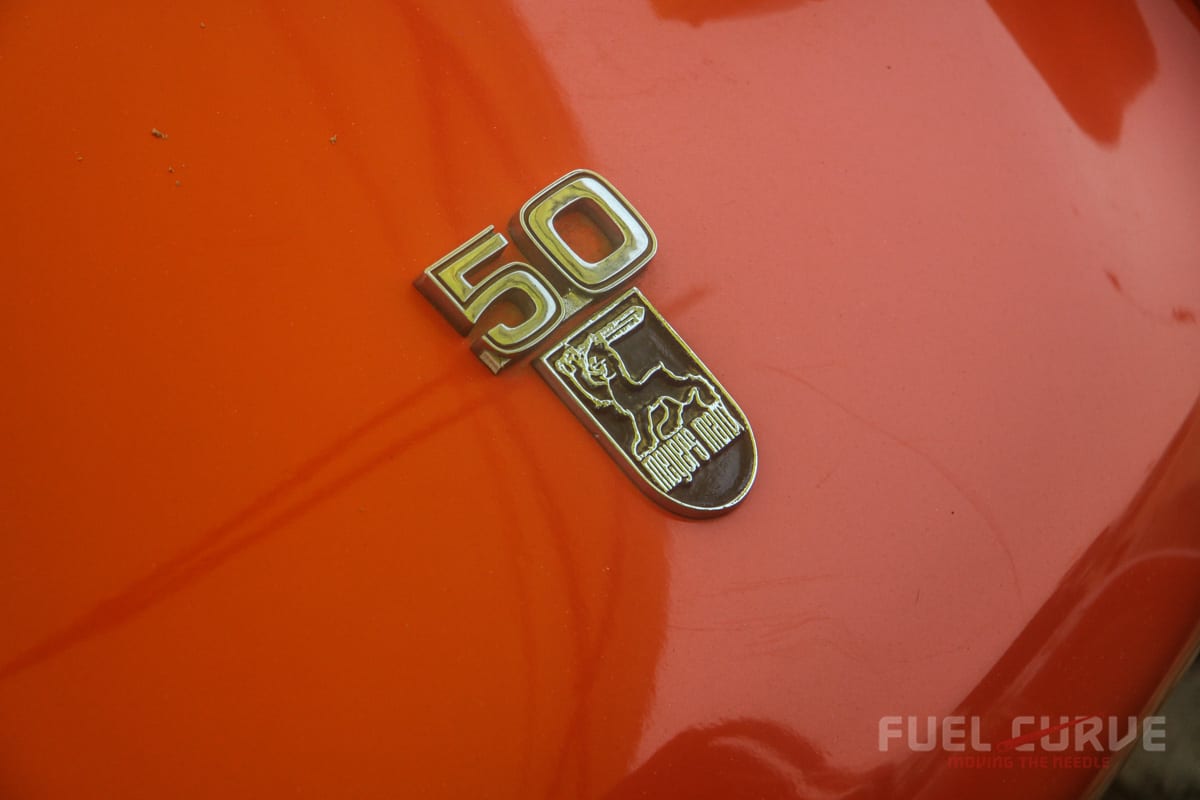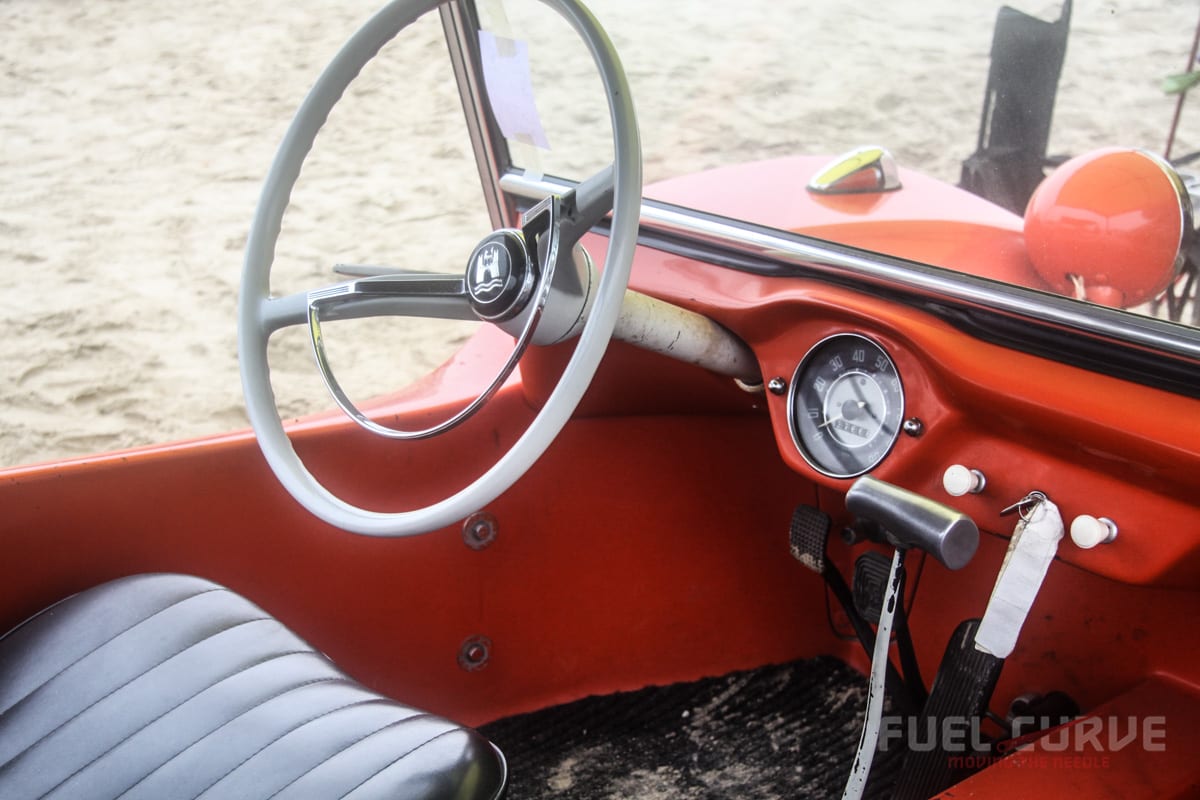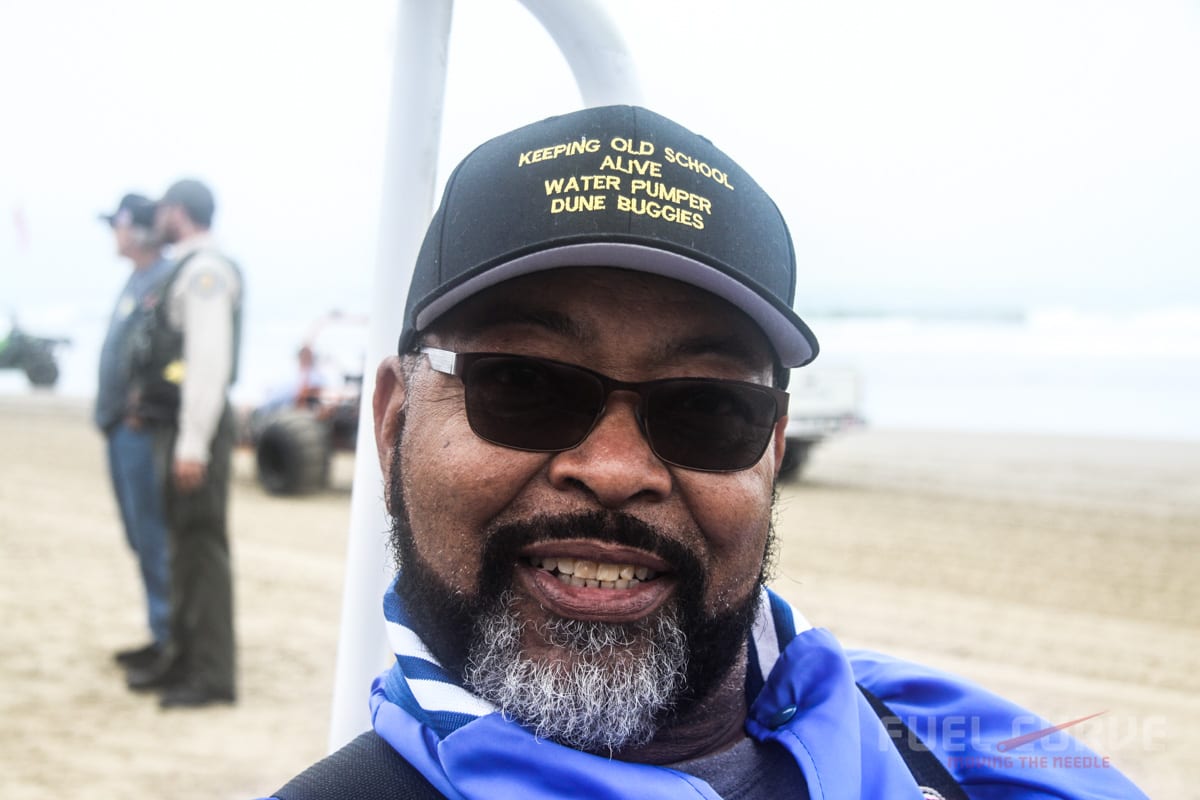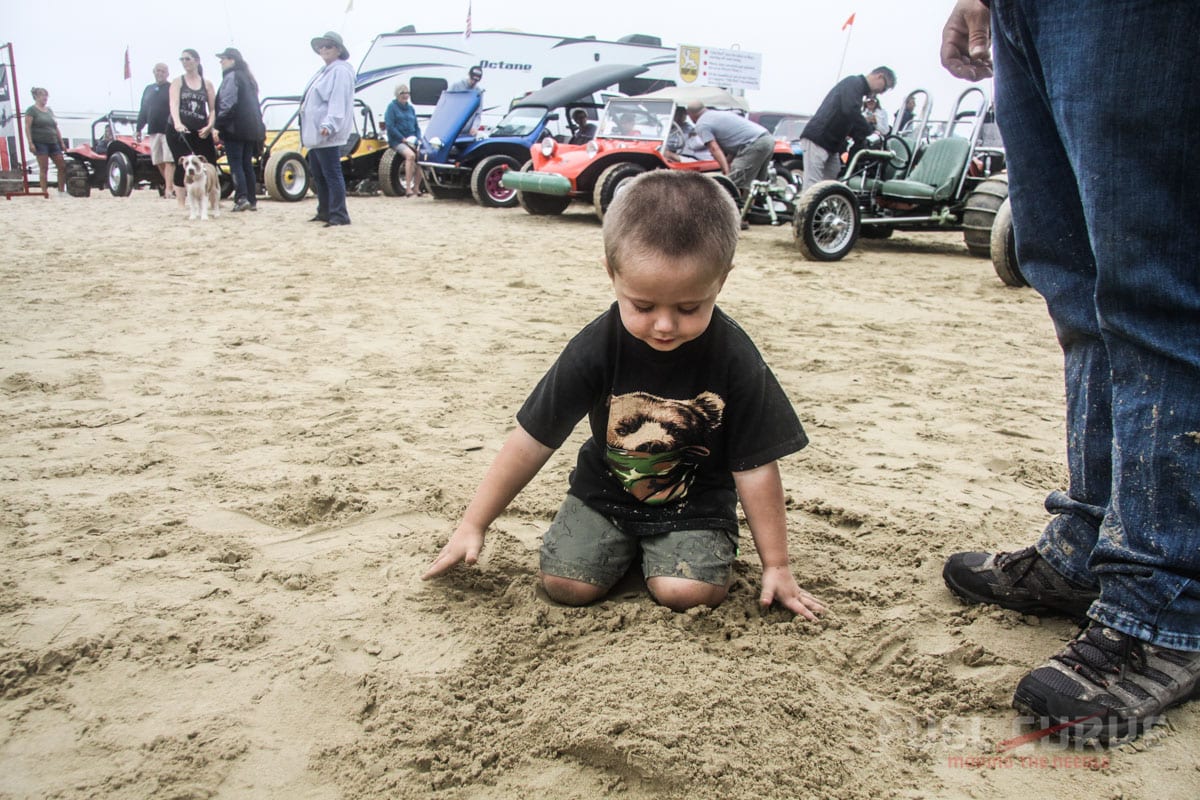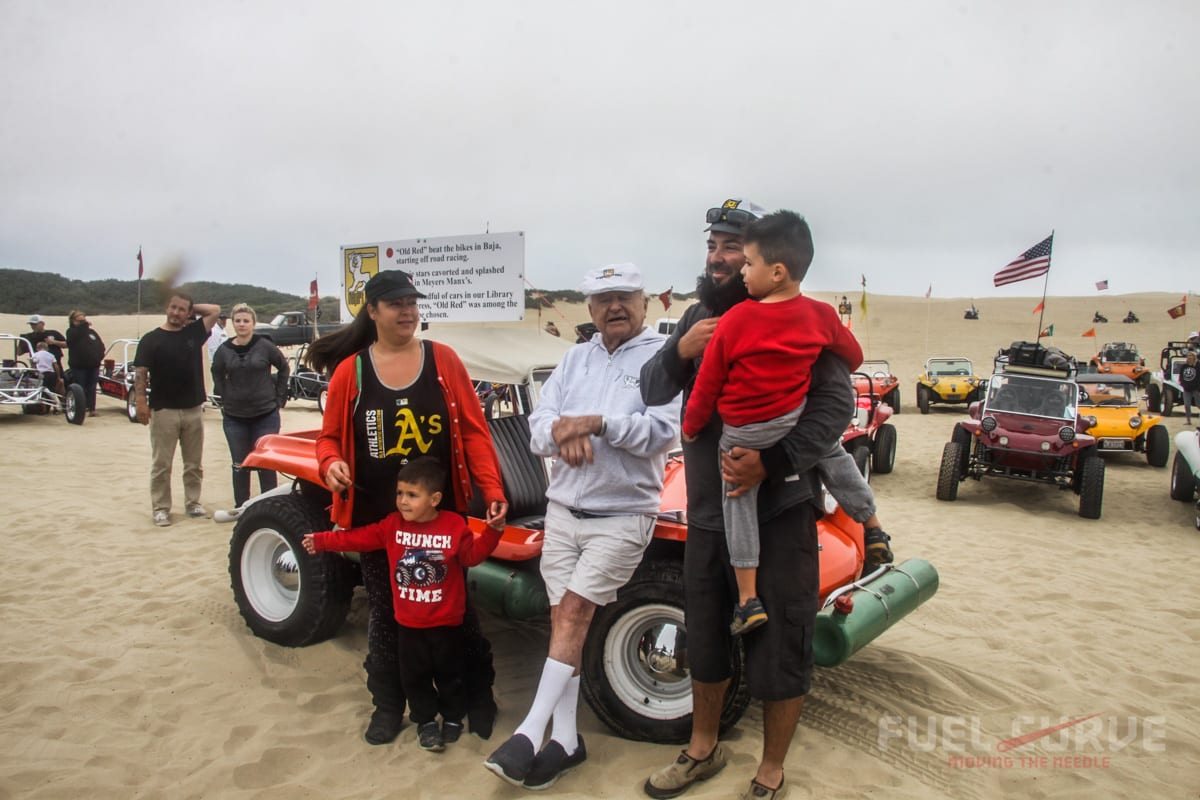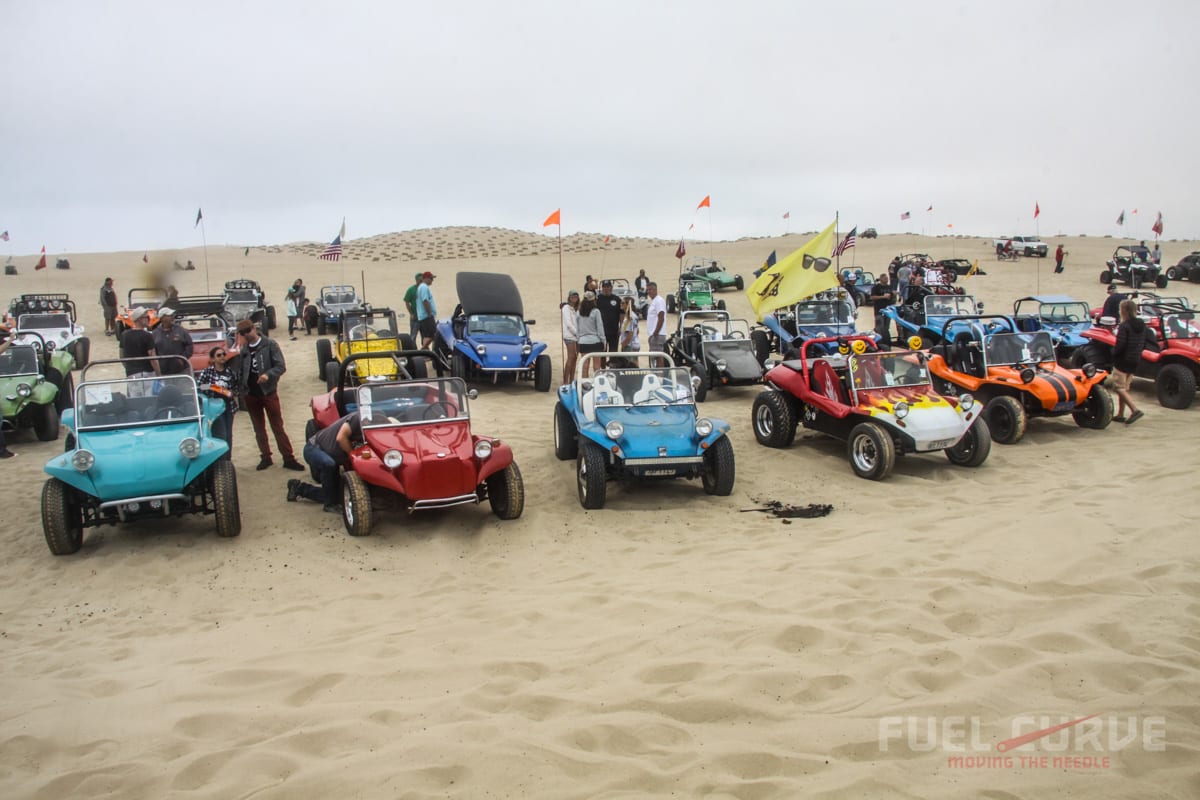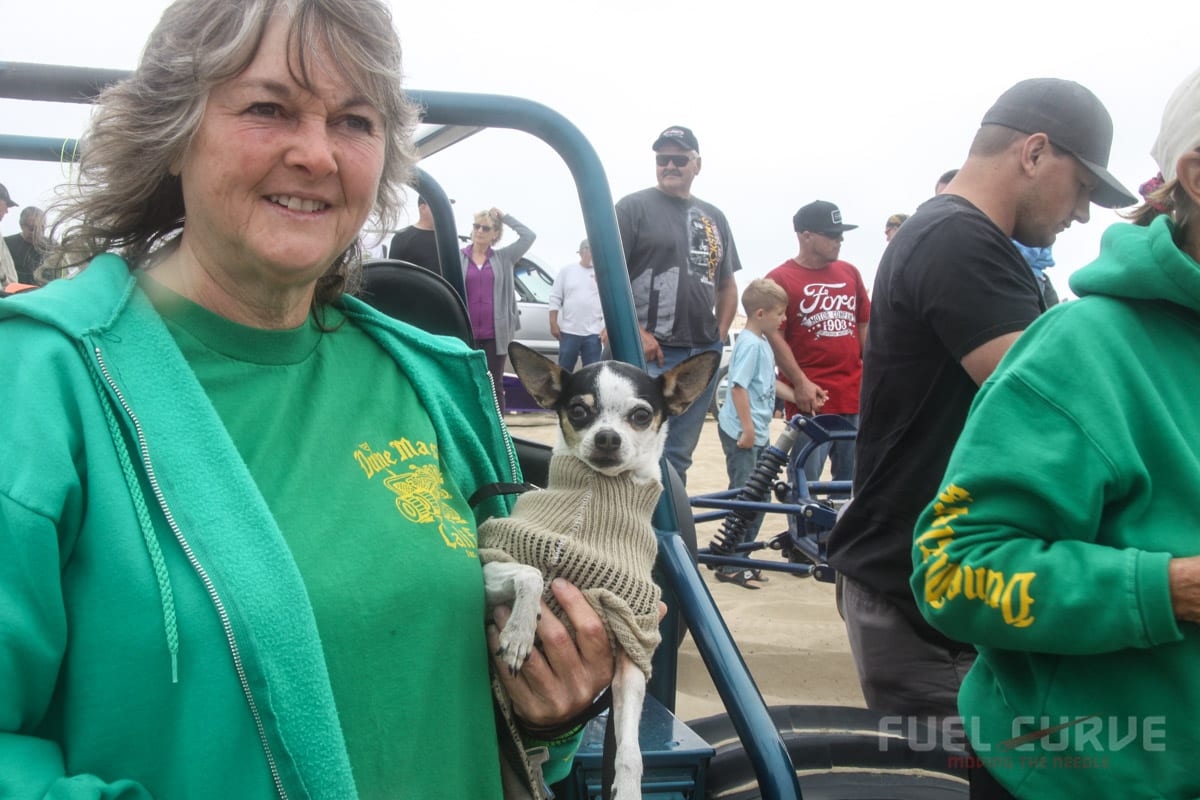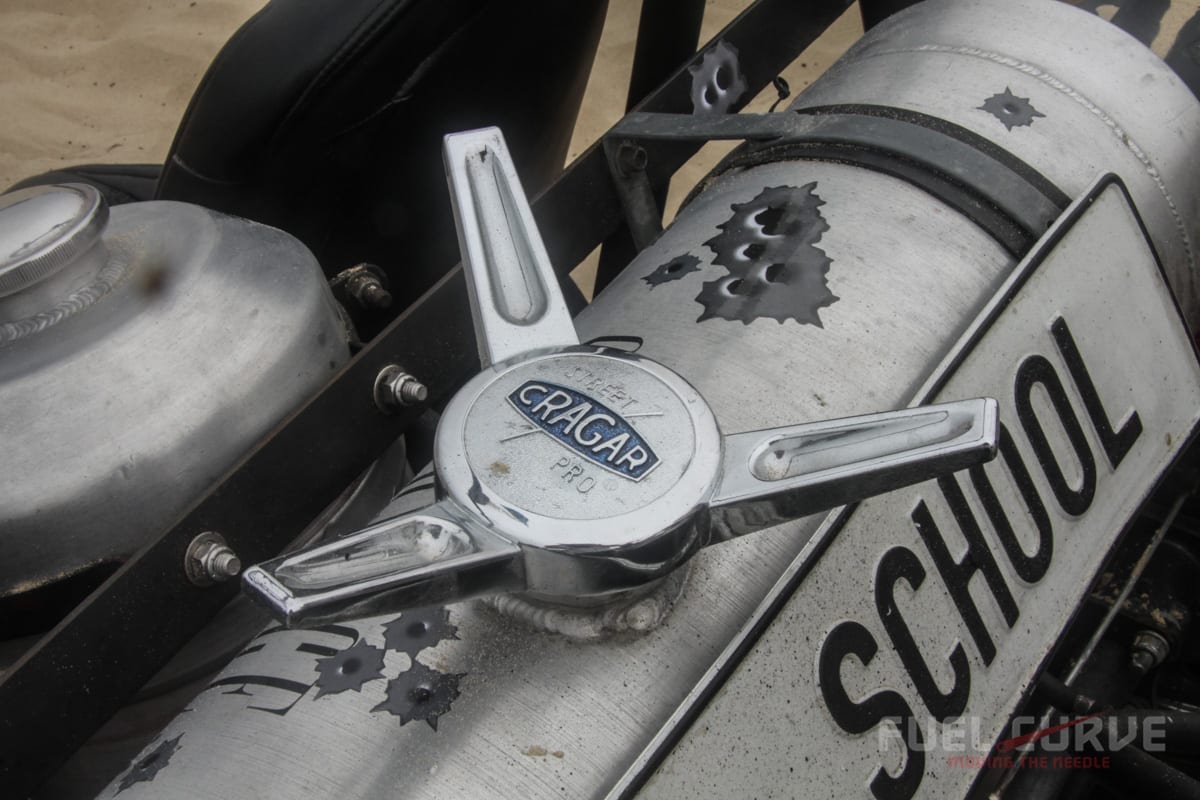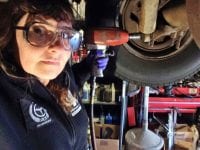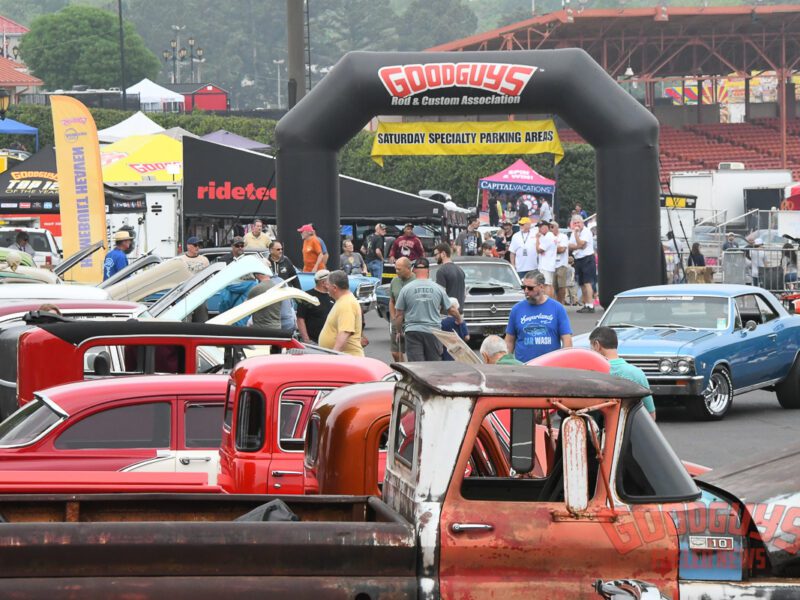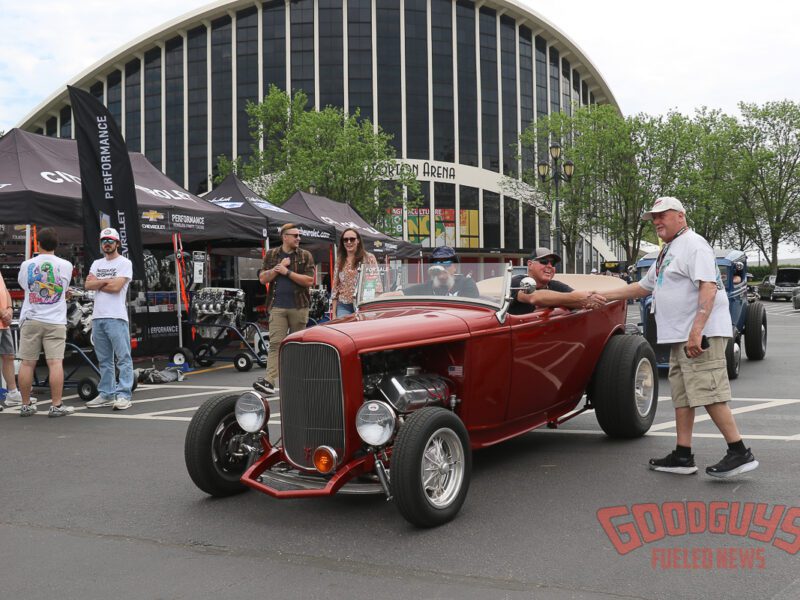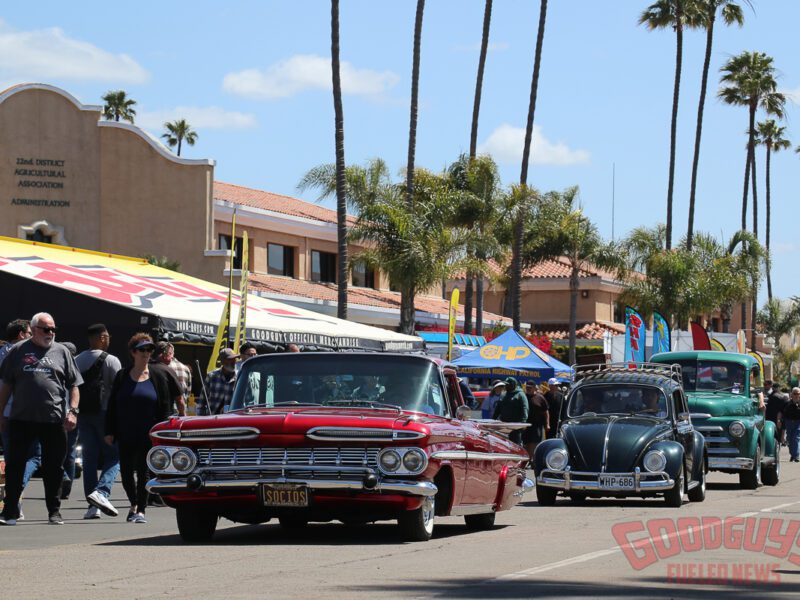Old School Dune Buggy Reunion – Party at Pismo
At the 2018 Old School Dune Buggy Reunion, Bruce Meyers was talking about art. “A car is a mix between art and engineering,” he told me. “For most people, a car is just the engineering,” he continued, and waved his hand out over the crowds of campers surrounding us at Pismo Beach in San Luis Obispo County, California. “For me, it is about the art.”
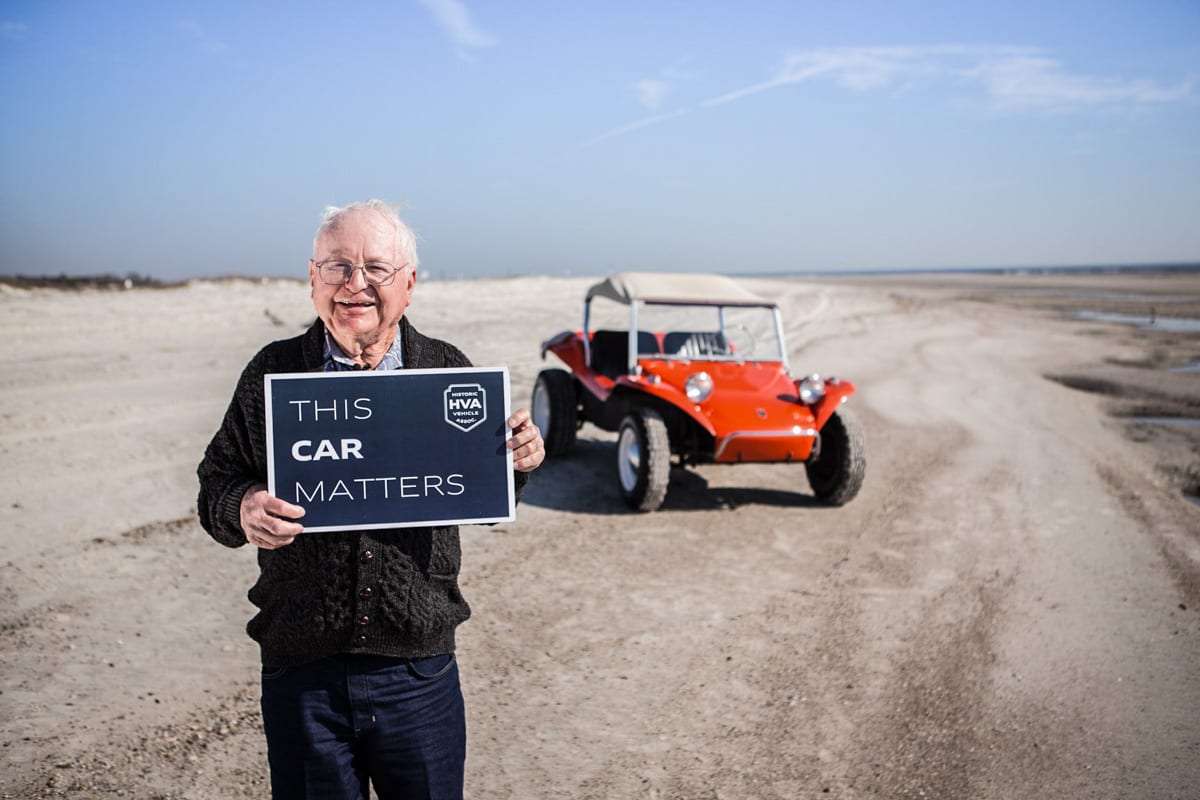
Someone once told Bruce that everything he touches is pretty, and he laughed and said it was very much on purpose. He makes his choices of cars and companions based on if he wants to draw them. We get interrupted when in another campsite, someone fired up a big V8-powered buggy and revved it enthusiastically. “Must be a young person,” said Bruce, who is 92. “Young people like loud engines.”


Leaping from a burning ship didn’t dull his love of the beach and the sea, and after the war he made boats, learning to work with the up-and-coming material of fiberglass. With all his free time spent at beaches, he saw the stripped-down hot rods called “Water Pumpers,” that were cruising around on the sand, and he also saw the rising popularity of the VW Beetle.
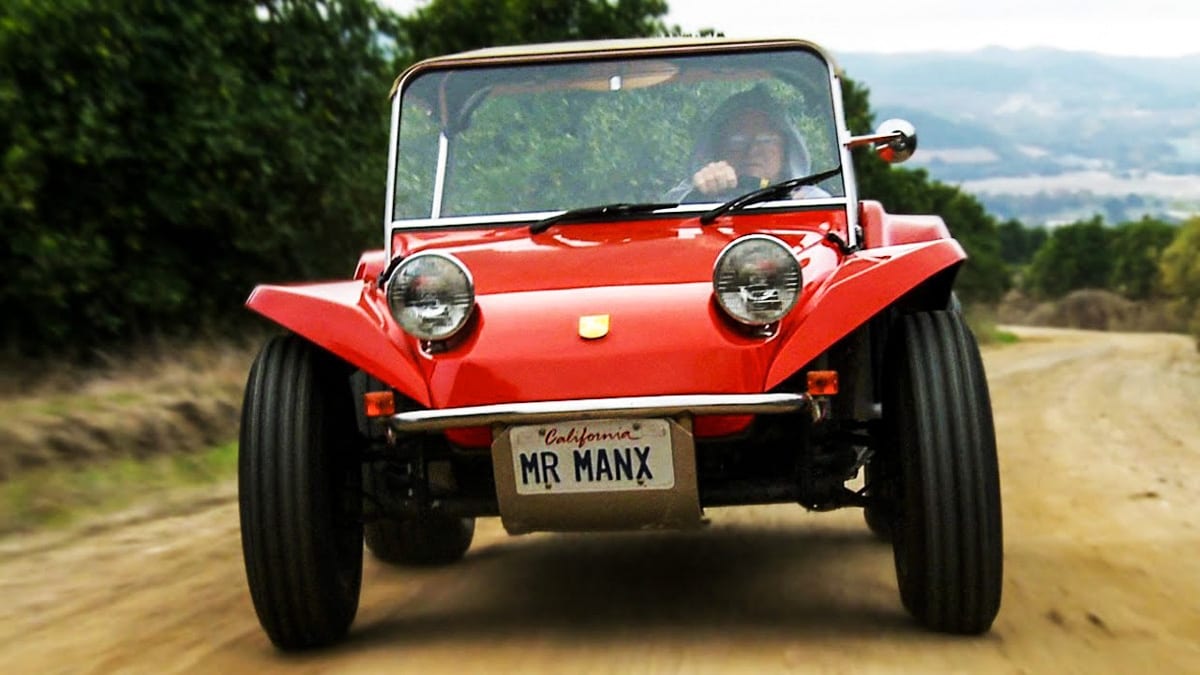

The two vehicles came together in his head, and then under his hand as he sketched out a swoopy little shape—he says on a napkin in a bar—and then put his boat-building skills to use, creating a bright gel-coated tub that fit neatly to a Volkswagen engine and running gear. The Meyers Manx was so popular and so easy to make that everyone started making them, eventually putting Bruce out of business. That should have been the end of the story; Bruce bitter and broke, fiberglass buggies replaced by tube chassis and purpose-built ATVs, and everyone from the early days forgotten in the sand, but as the Old School Dune Buggy Reunion highlighted, there is something about the early buggies that just can’t be replicated with a Can-Am Maverick or a Polaris RZR.
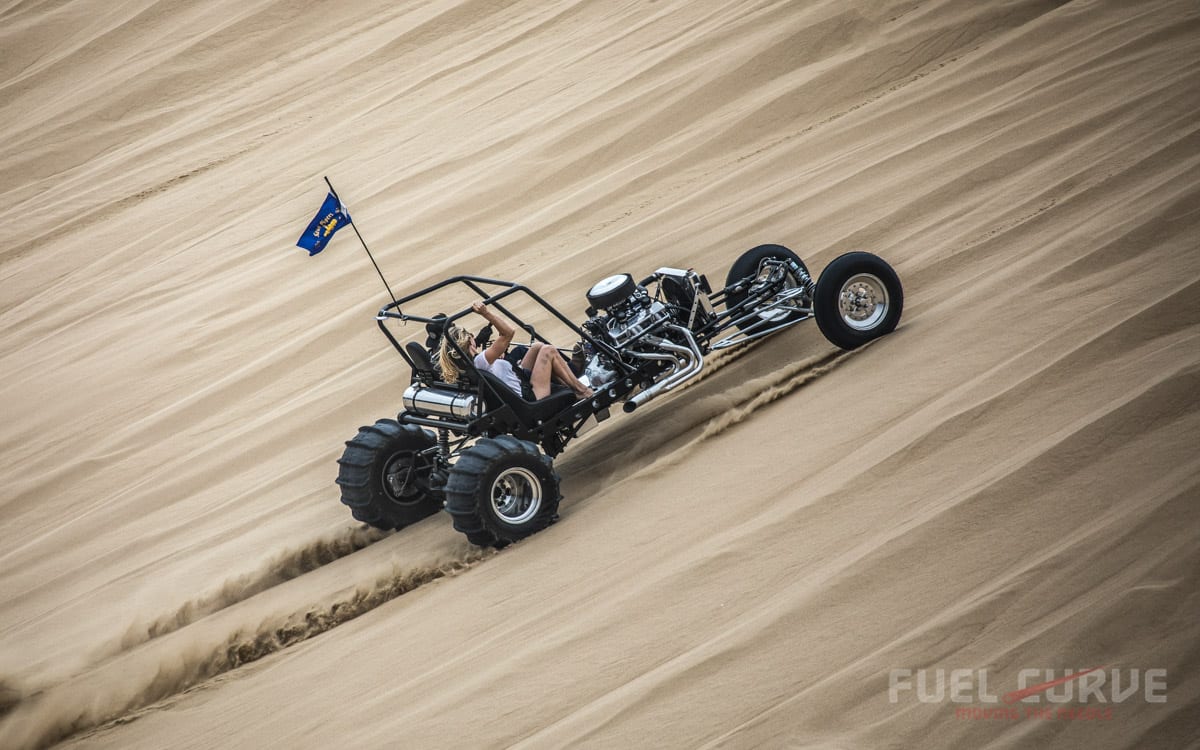

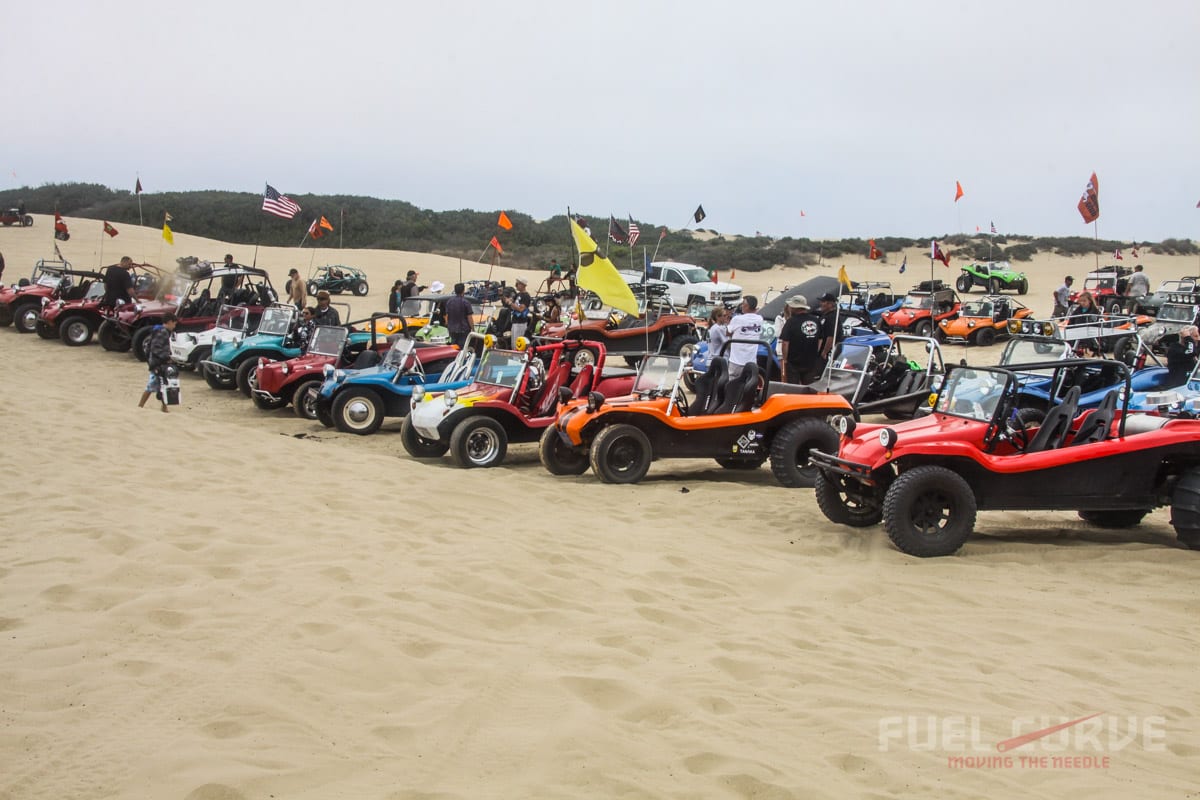

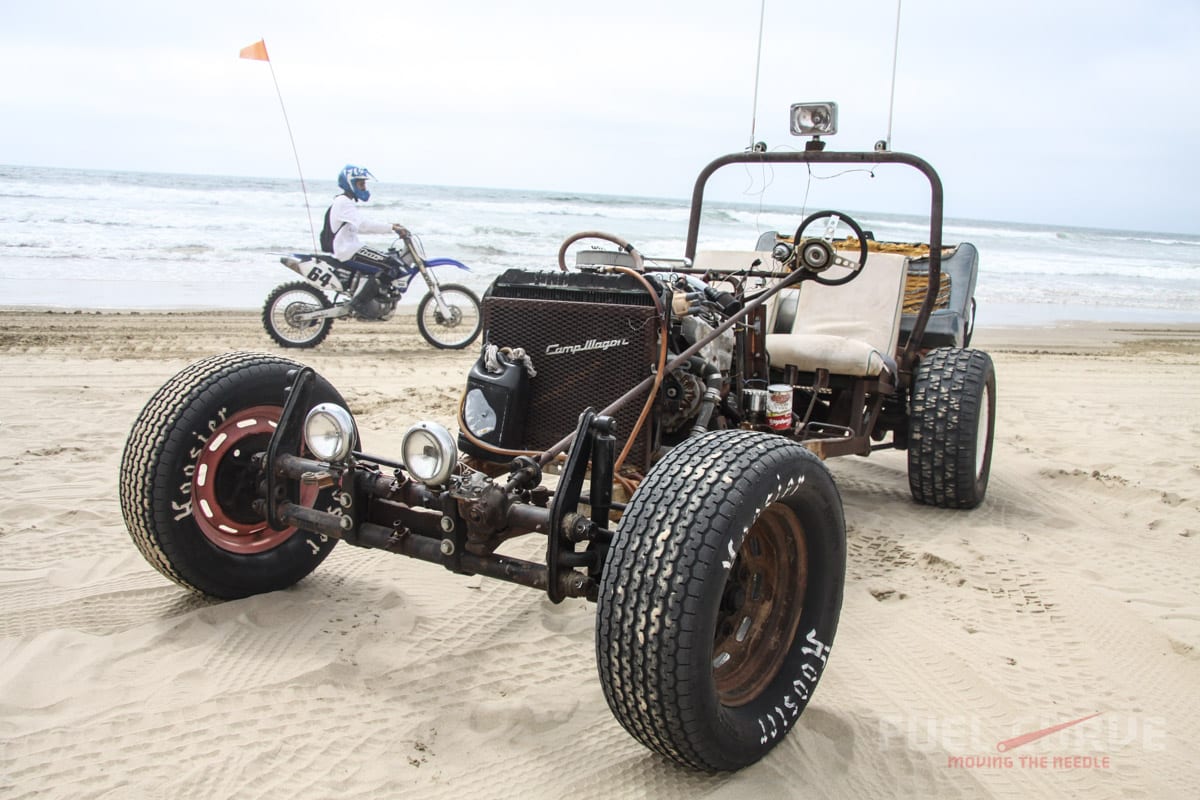

Once the Volkswagen came on the scene, it quickly became a favorite for dune buggying. “Tunnel Buggies,” made use of the center spine of a VW bug and powerplant, but stripped away everything that wasn’t absolutely crucial.
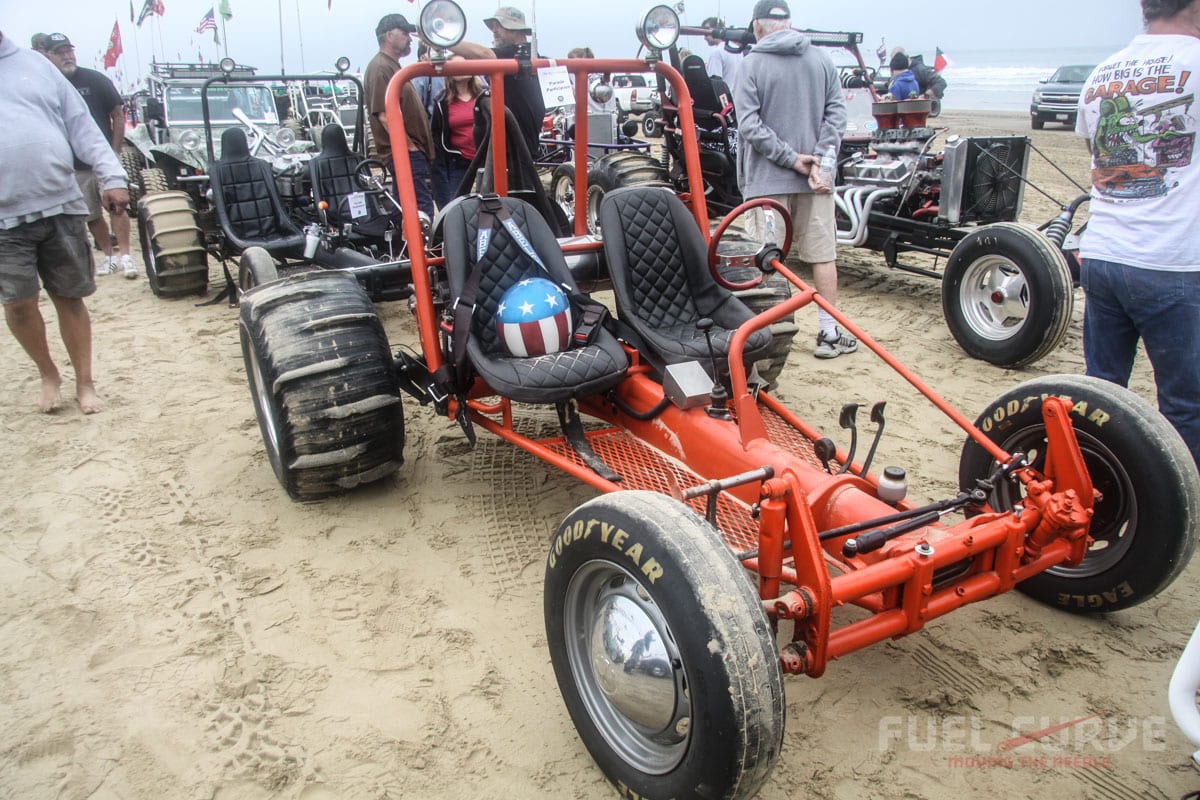

The organizer of the Old School Dune Buggy Reunion, Cort Elgar (below right), says that Bruce Meyer’s Manx really opened up the hobby. Because they were street legal with fenders and a family-friendly appearance, the Manx attracted a whole new audience to the dune buggy scene.
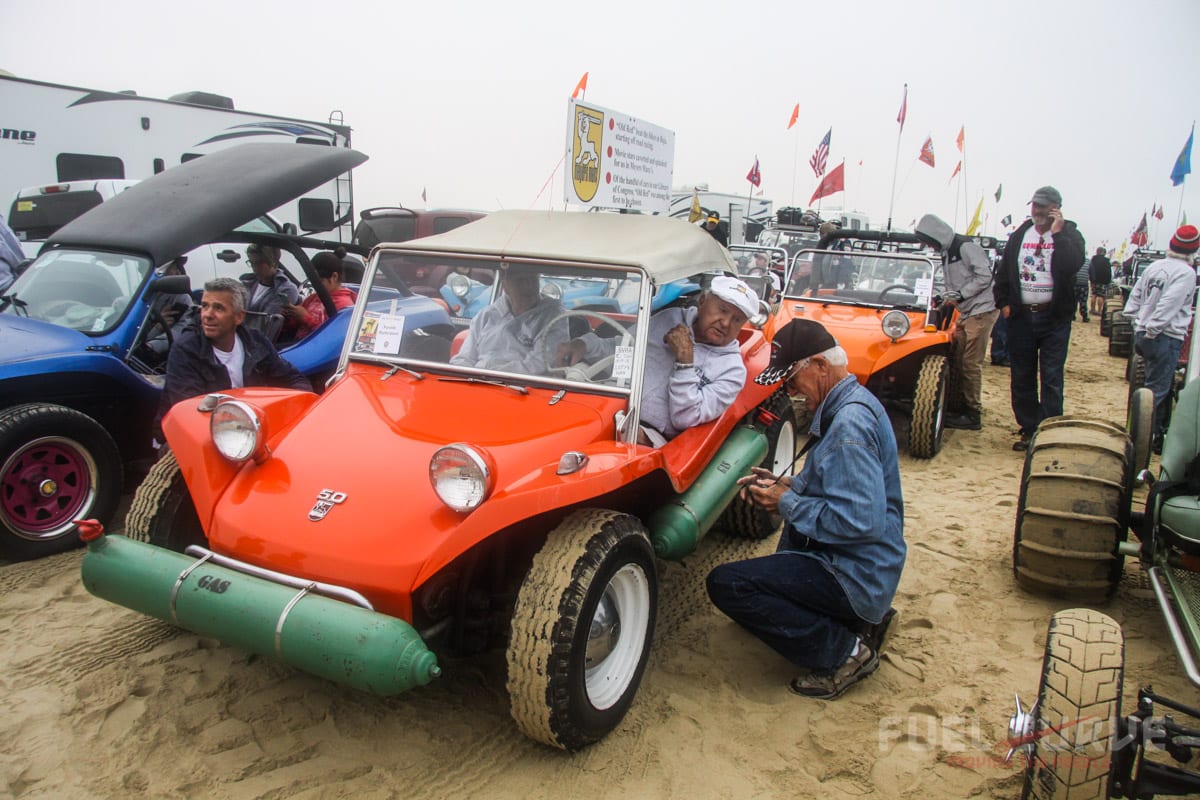



Of course, cruising the beach and camping by the waves is fun, but the real point of a dune buggy is to bug up some dunes, man! The highlight of the Dune Buggy Reunion was watching the dune climbs.


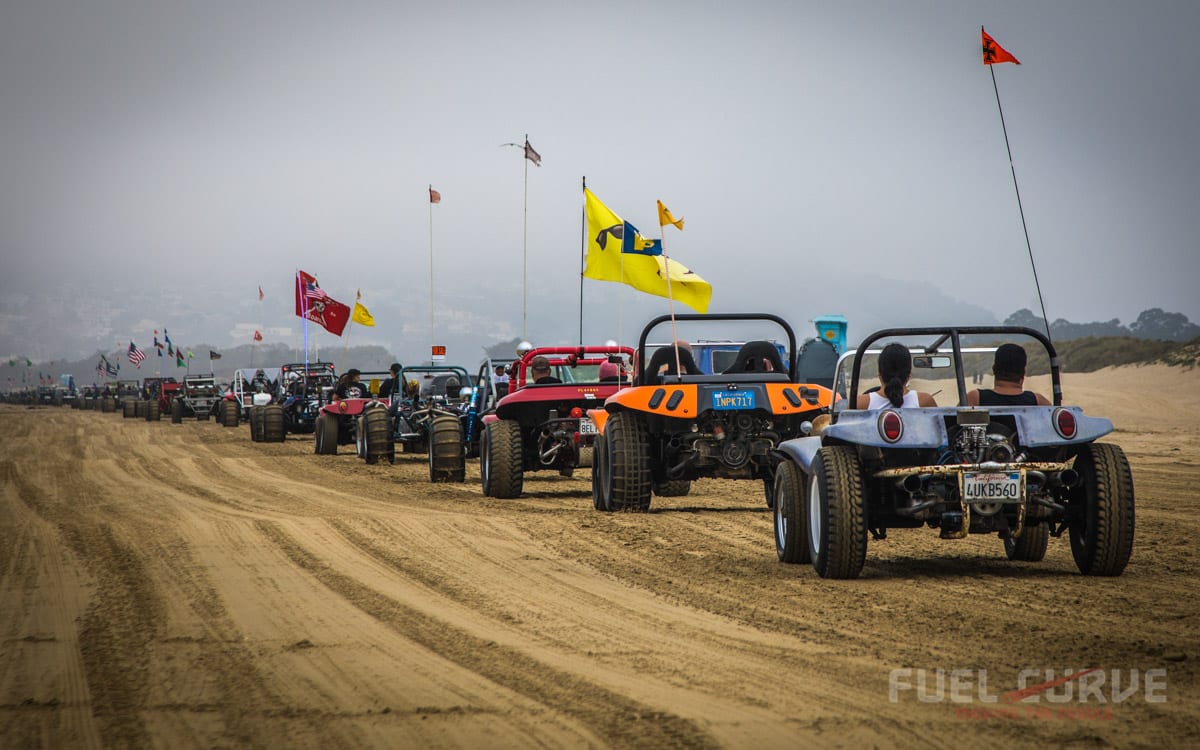

The Old School Dune Buggy Reunion happens every two years, so you have time to start building your water pumper, tunnel buggy, or Meyers Manx – ya better do it now. Or just put some paddle tires on whatever is in your driveway. The dunes are open to all. For more dune buggy info go to oldschoolbuggies.com
